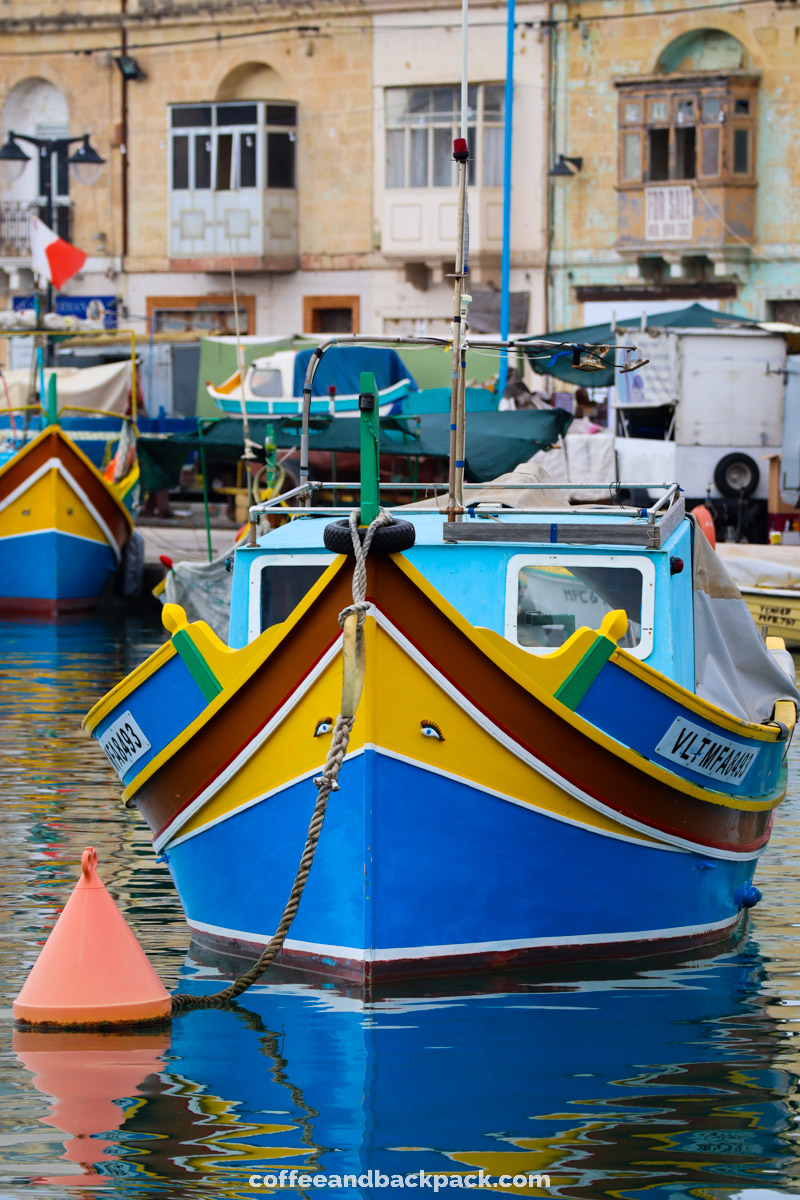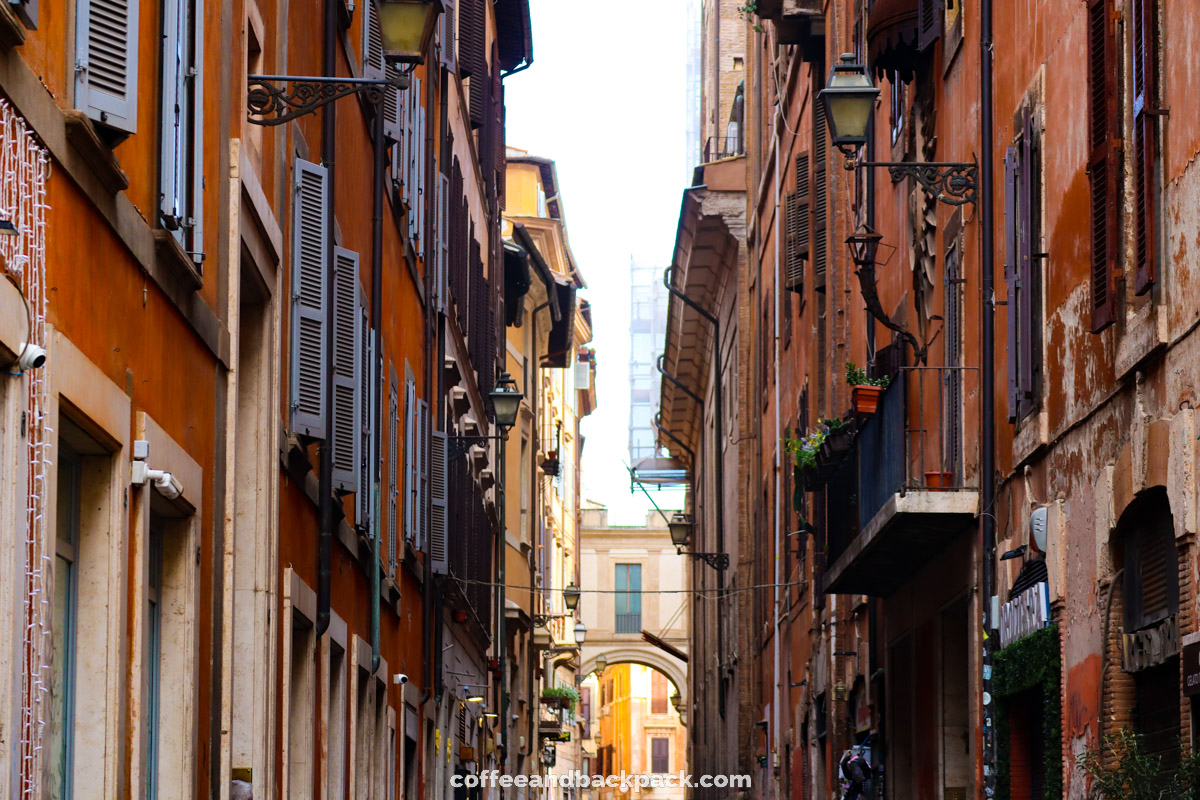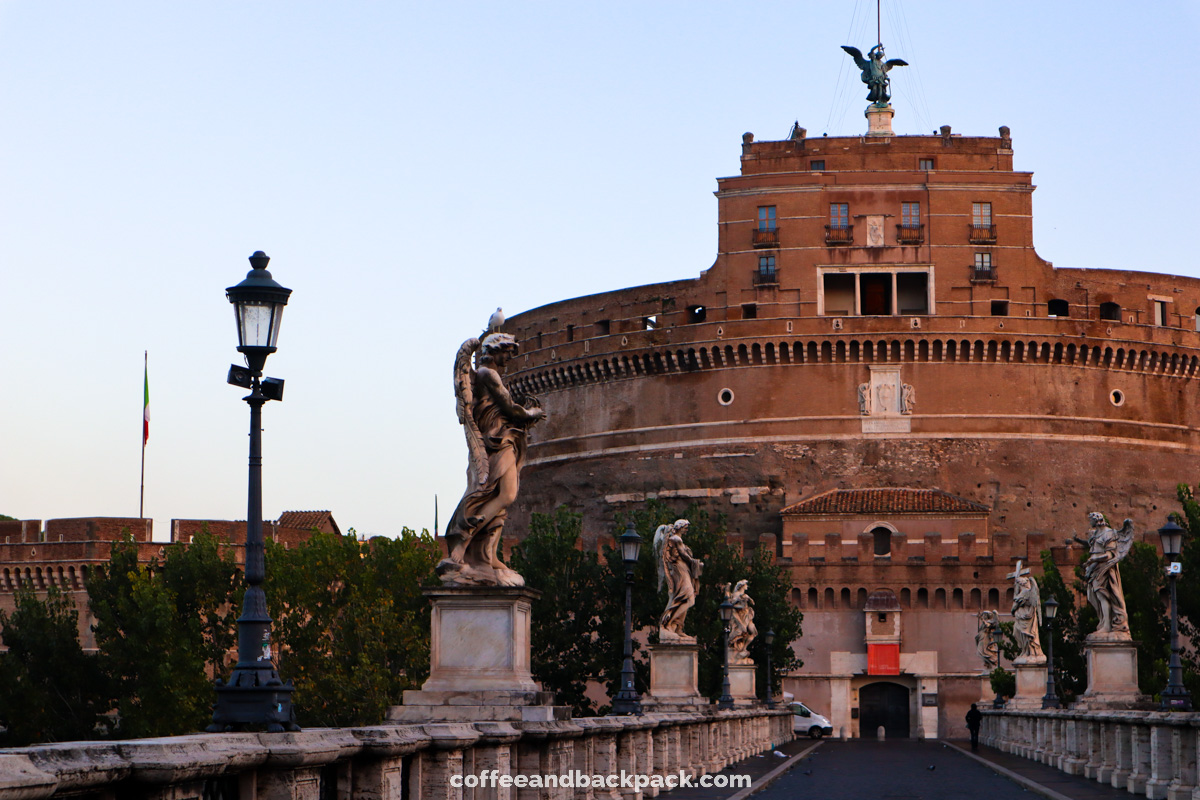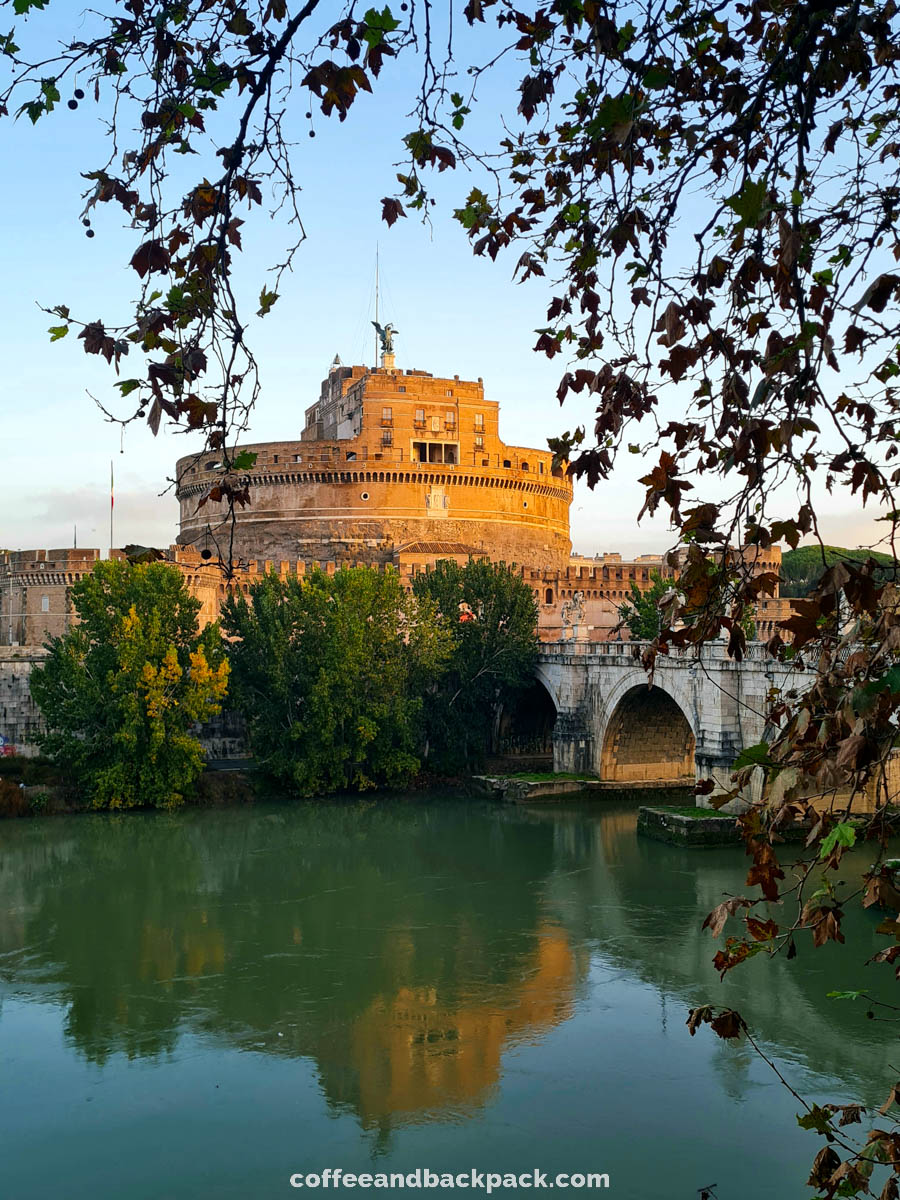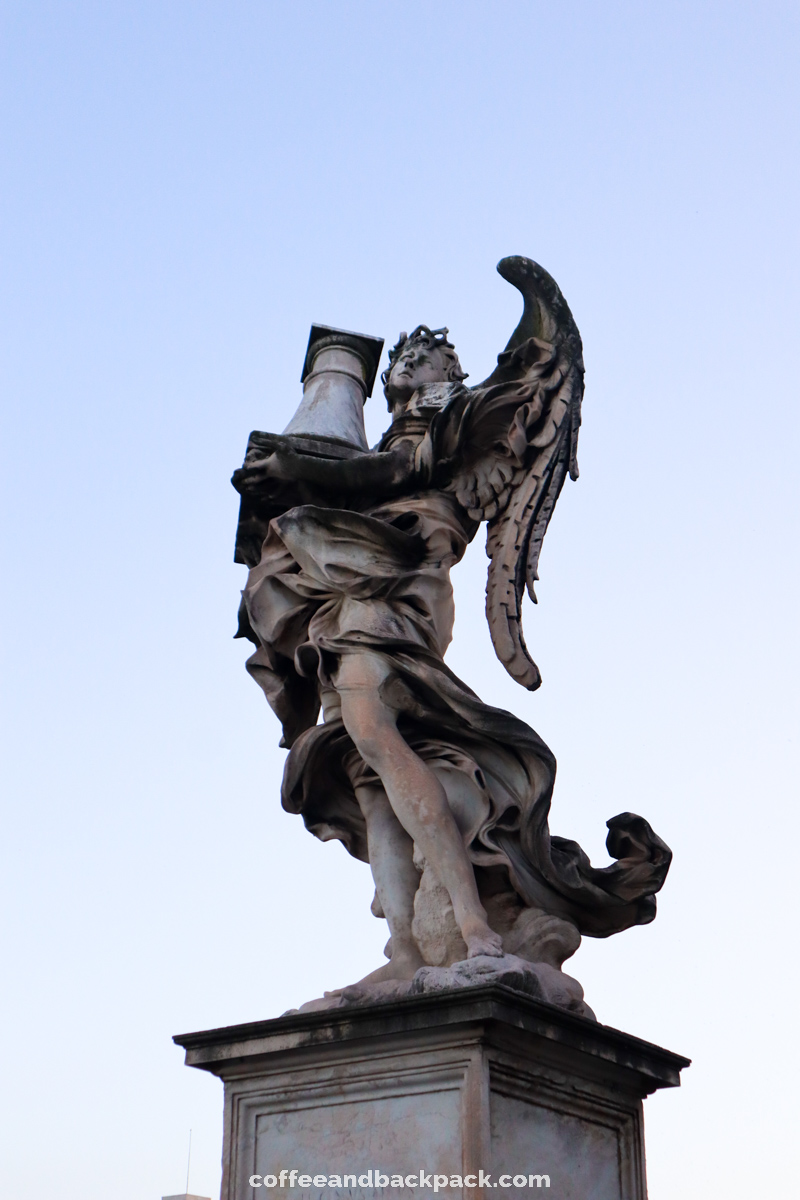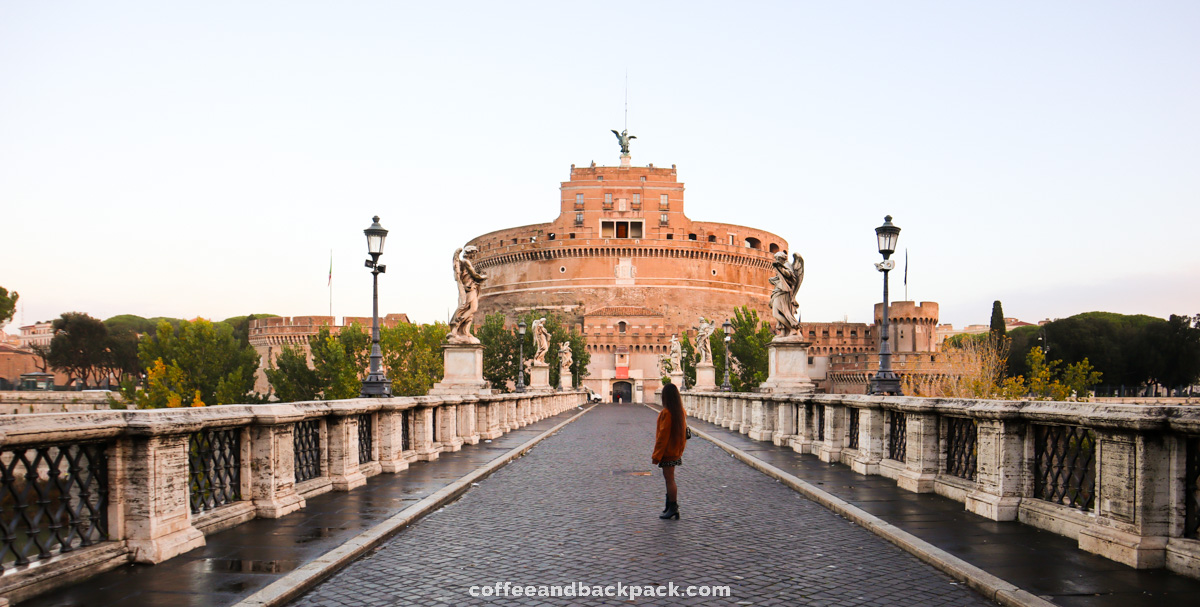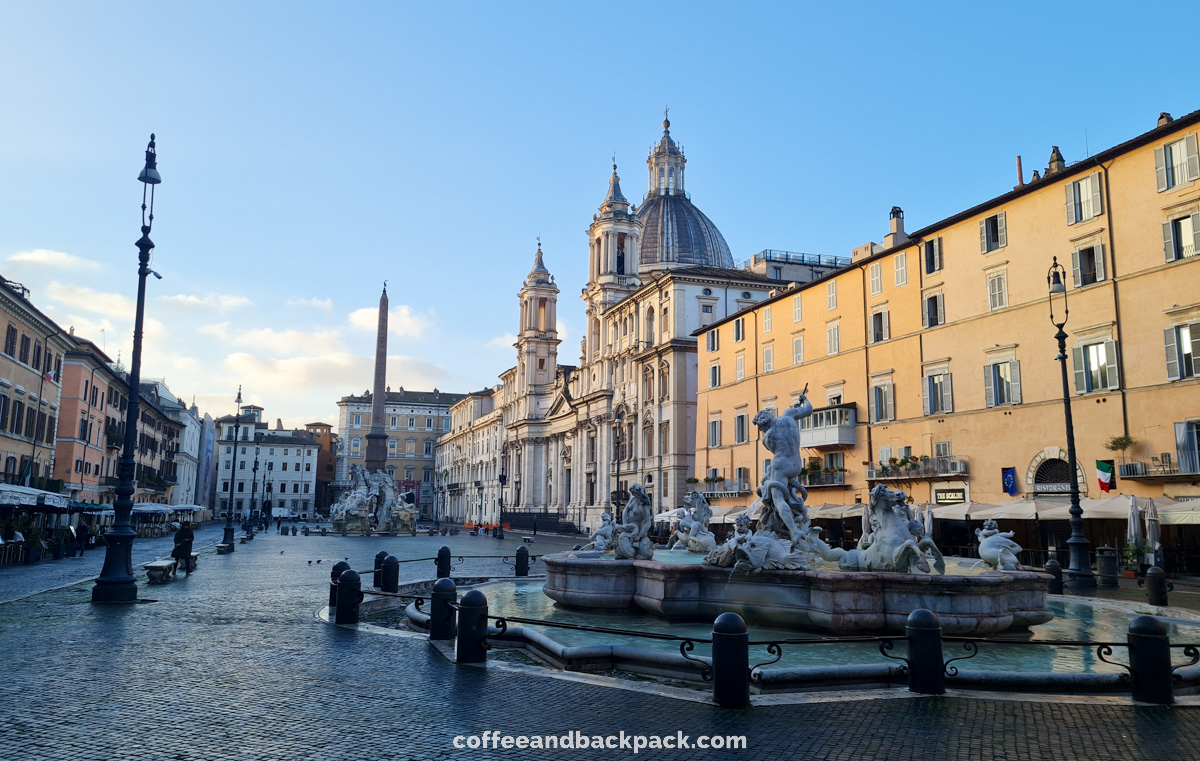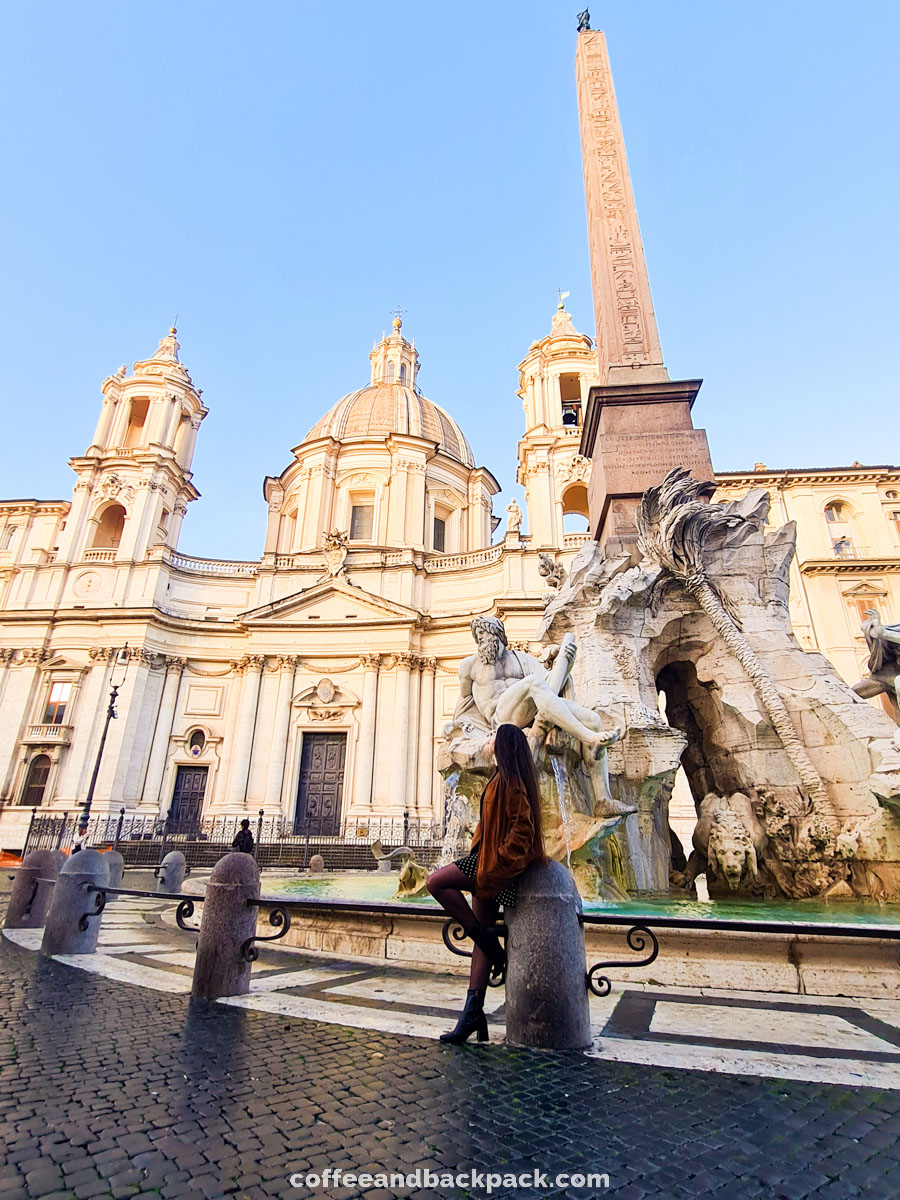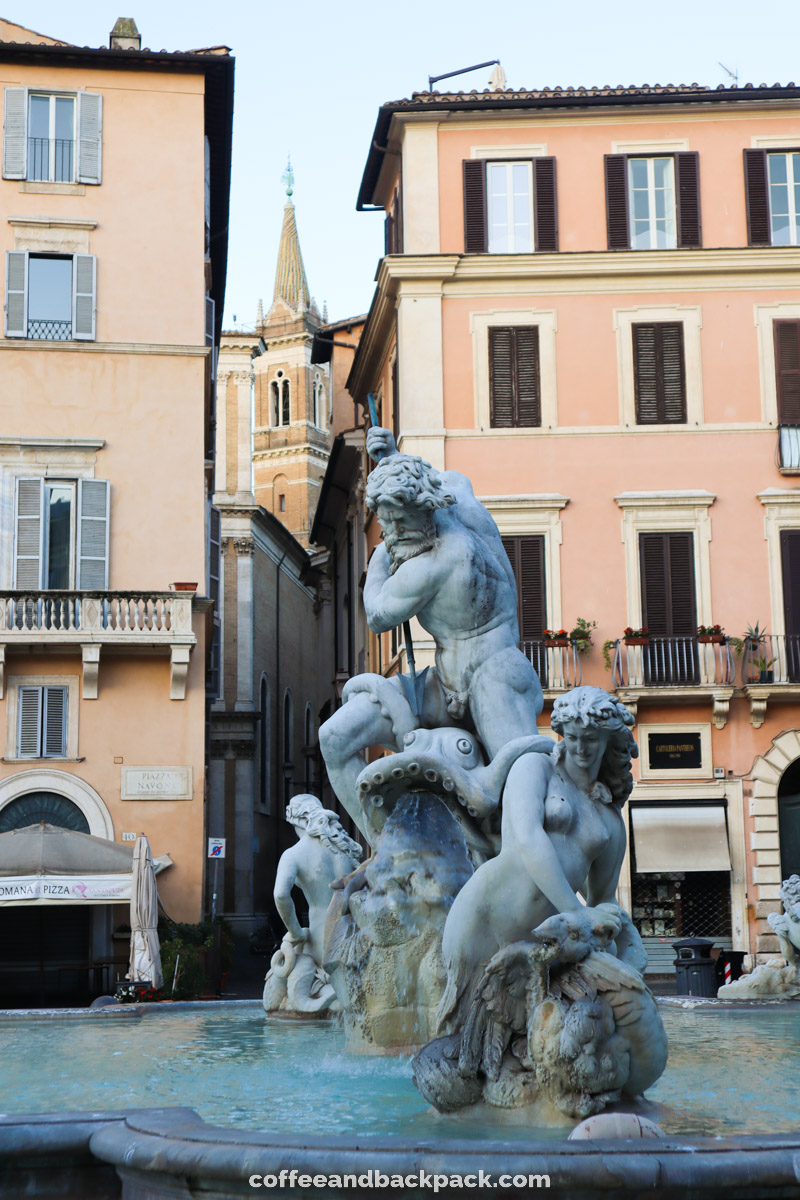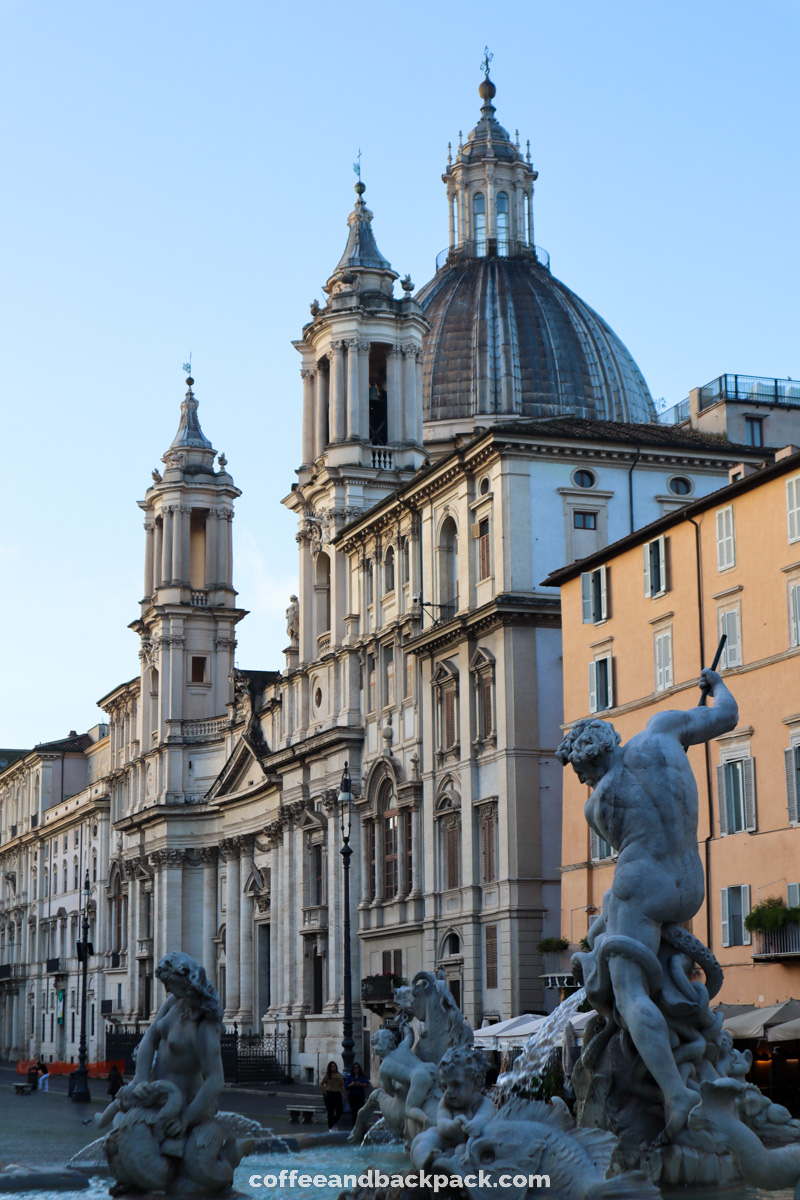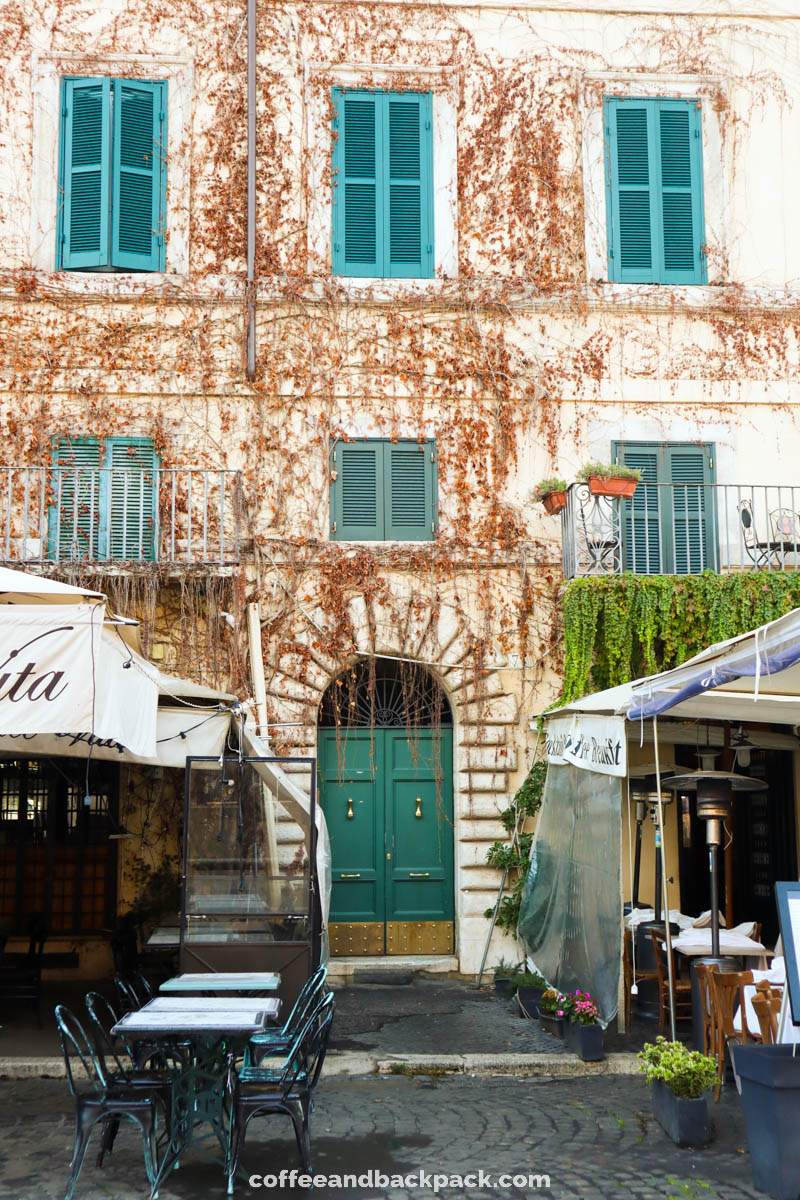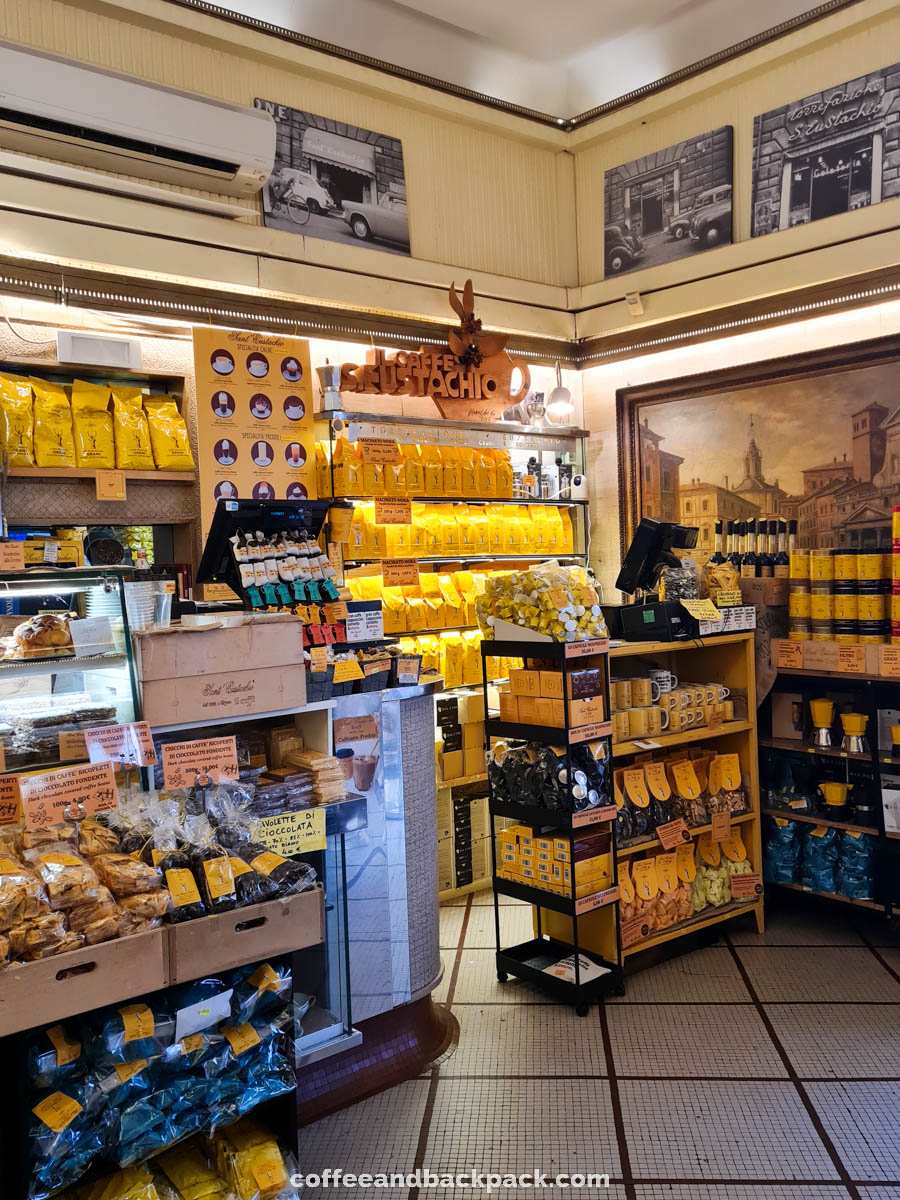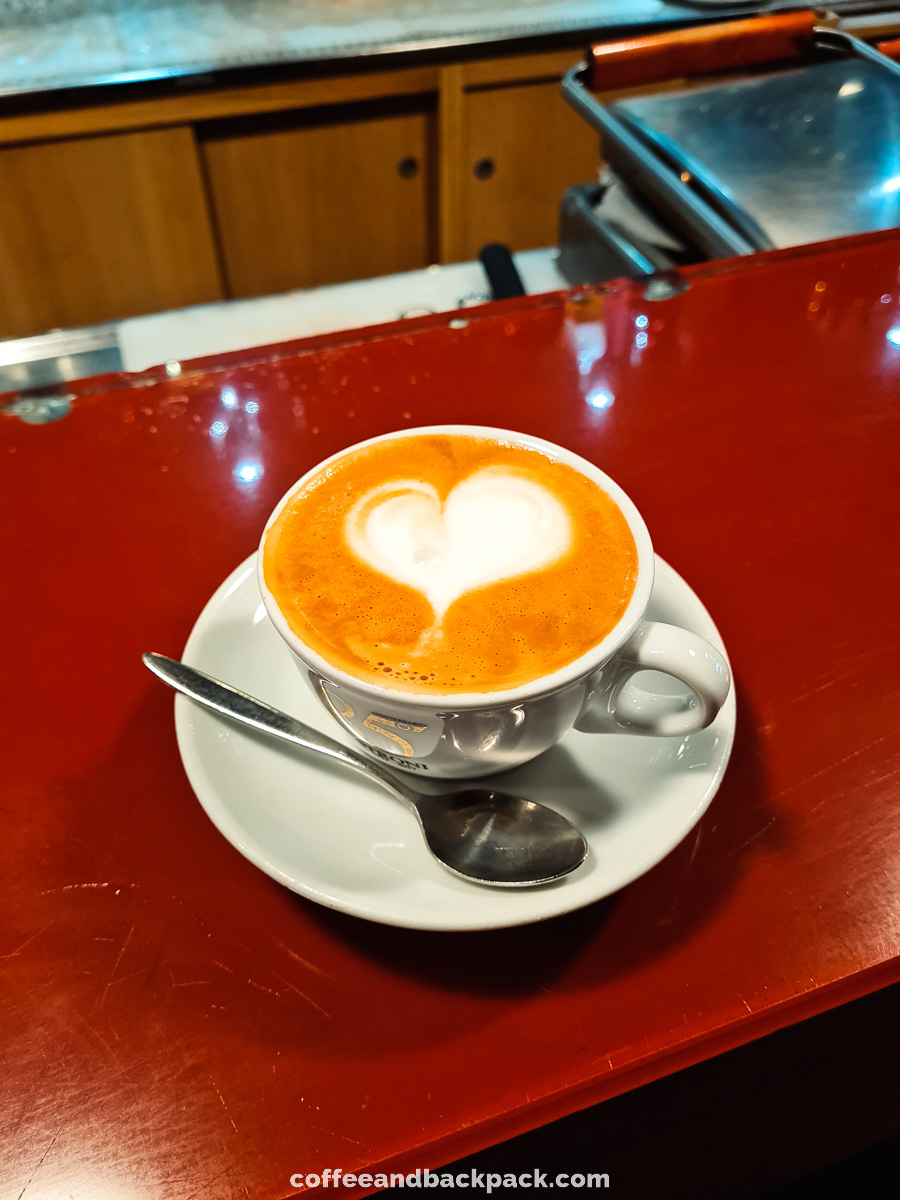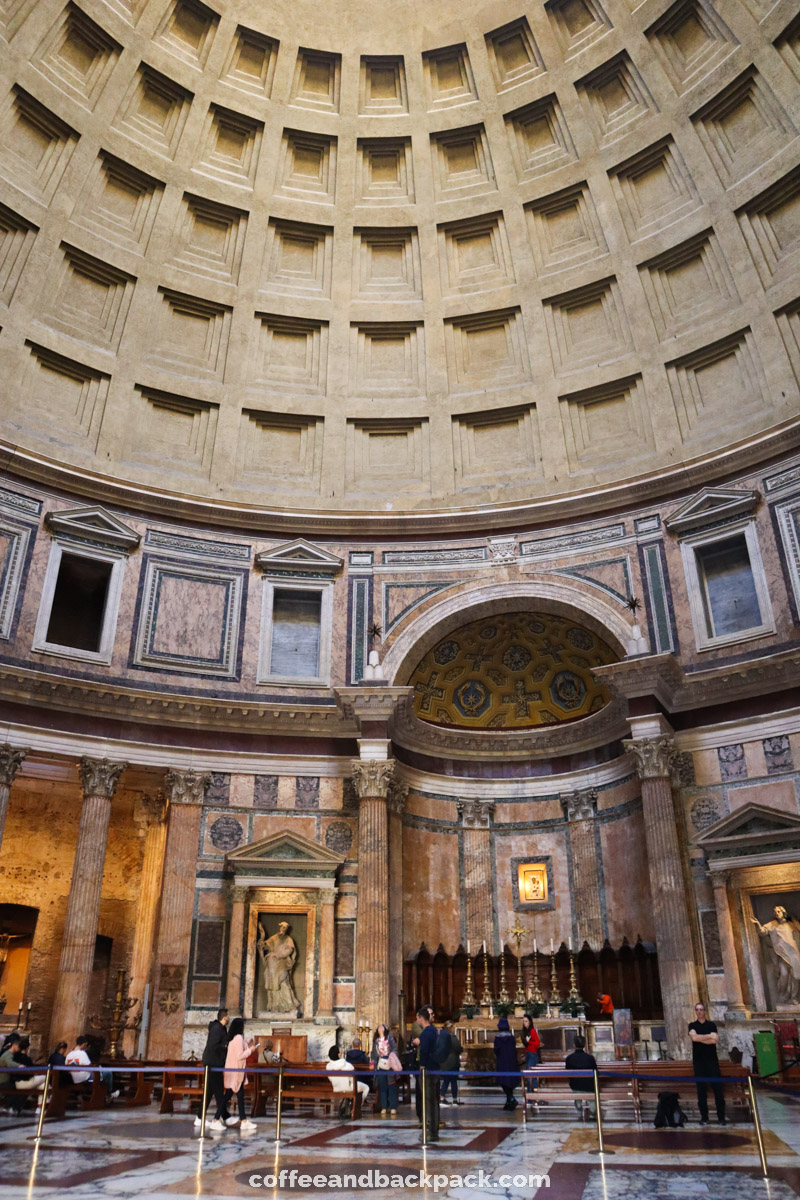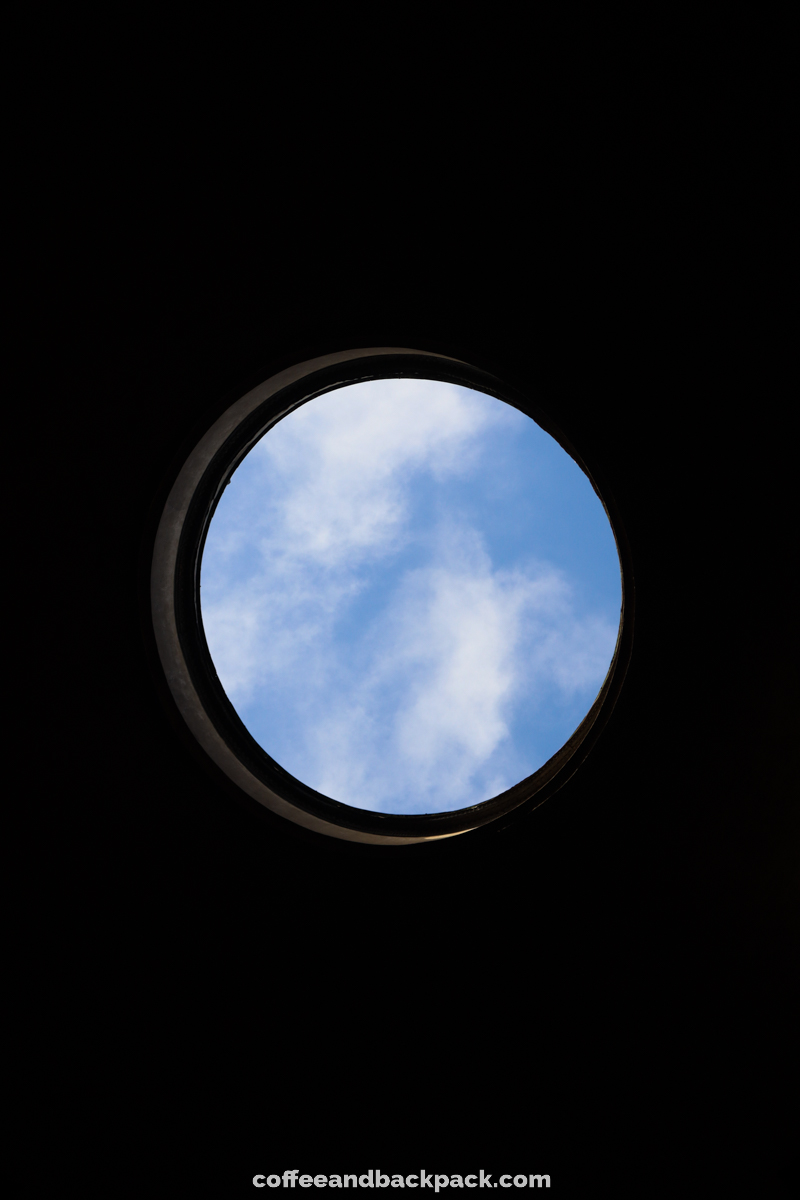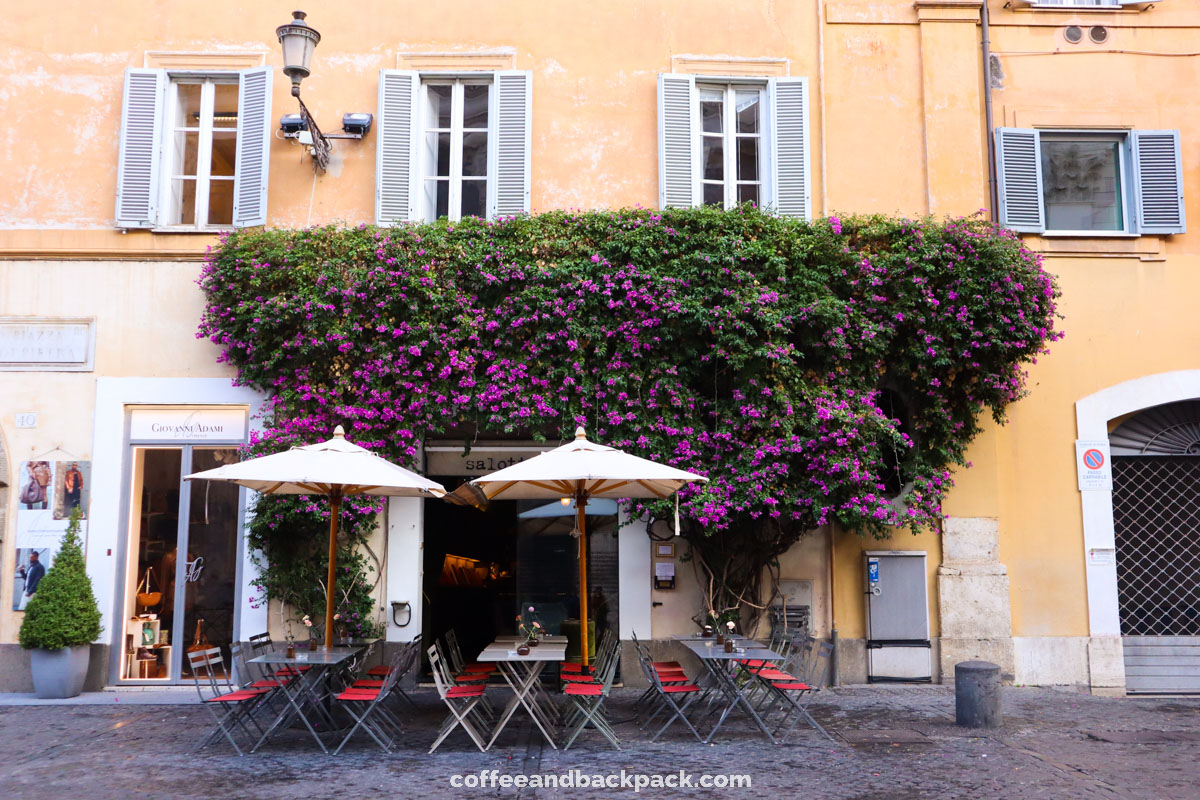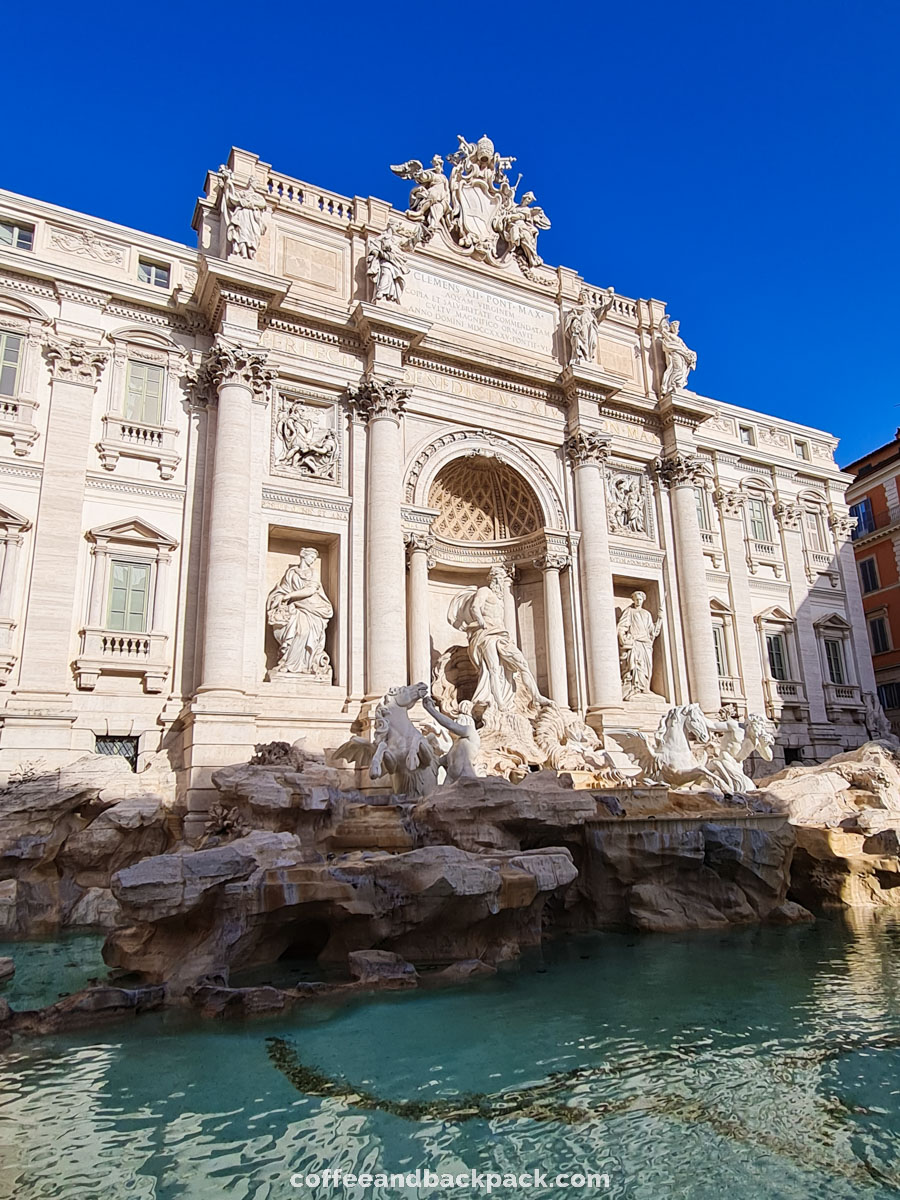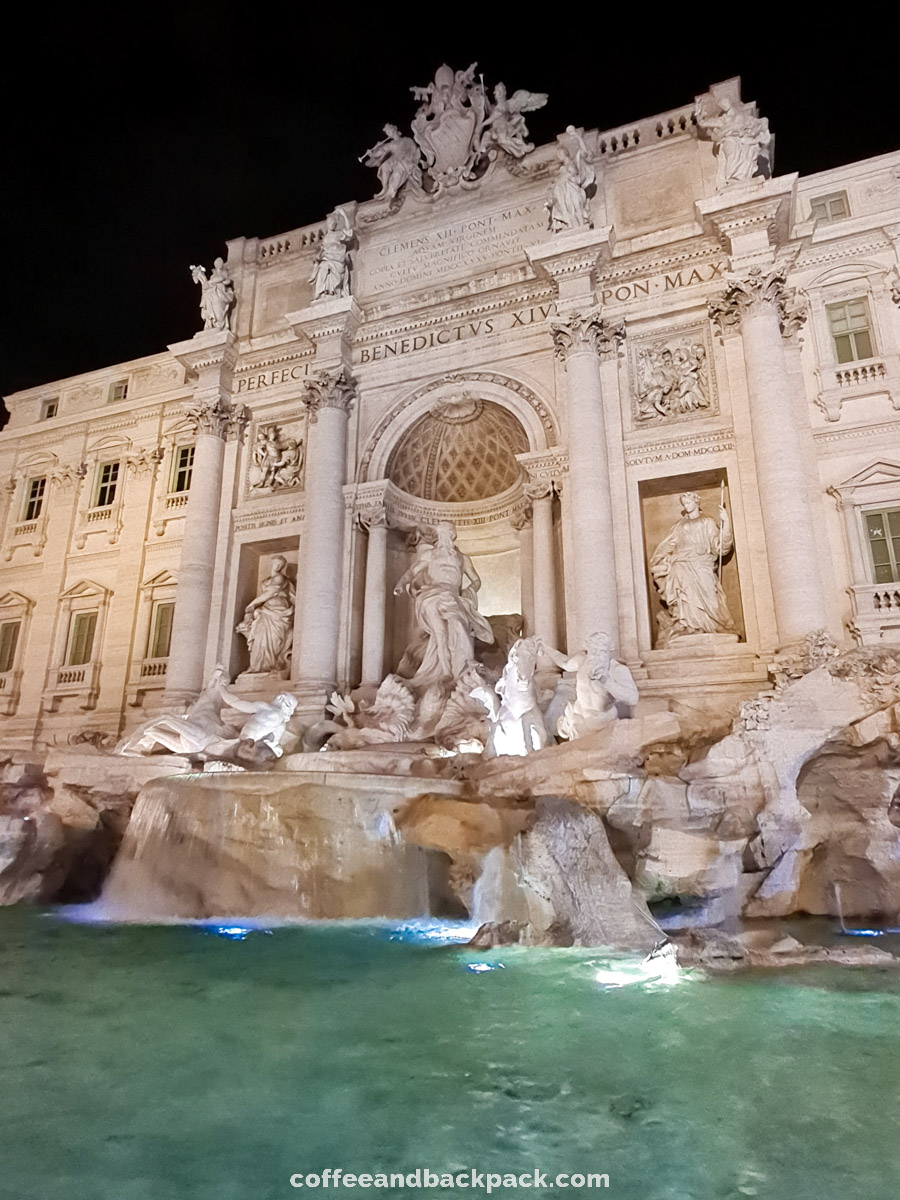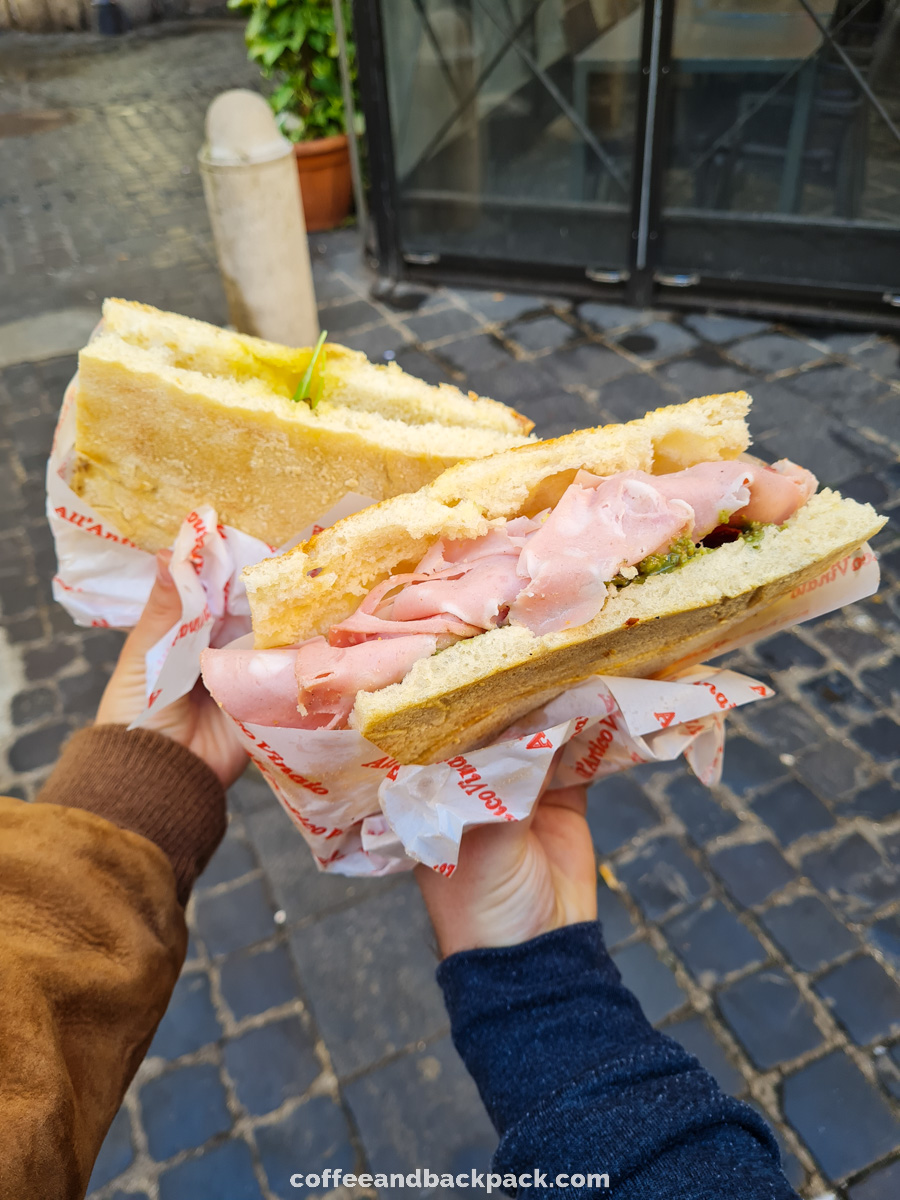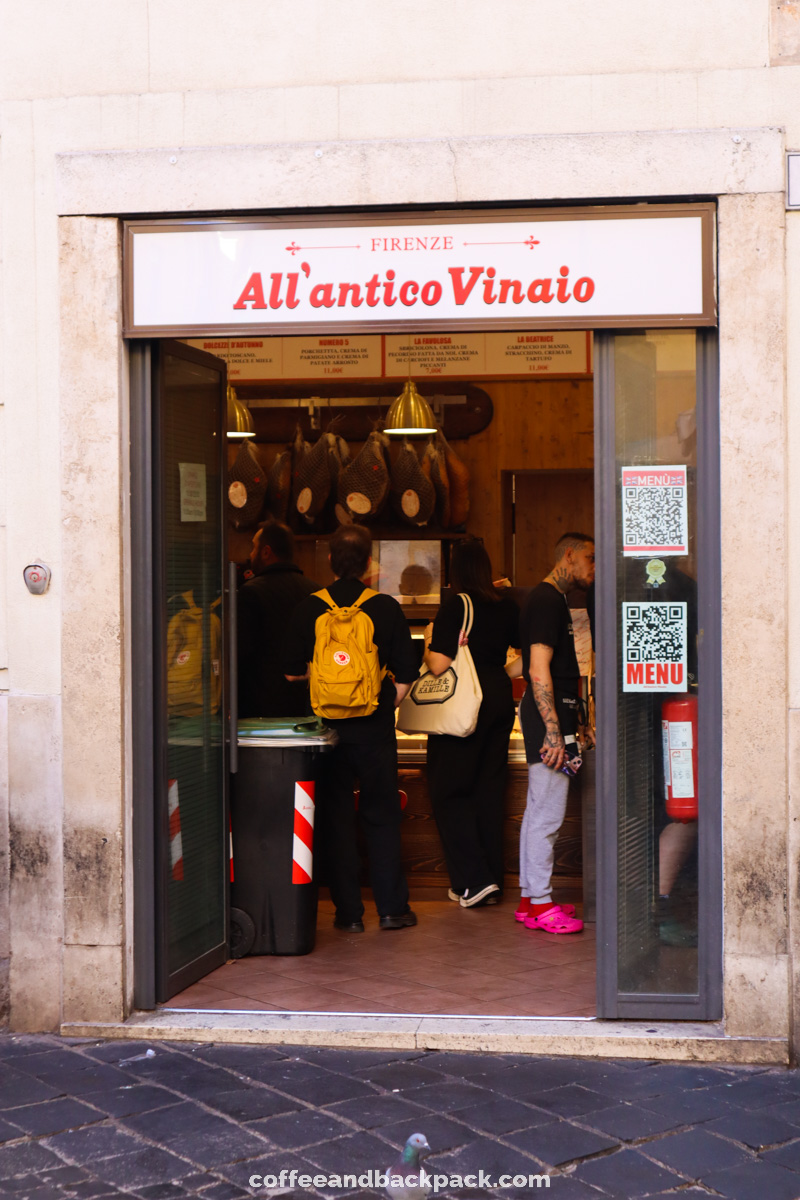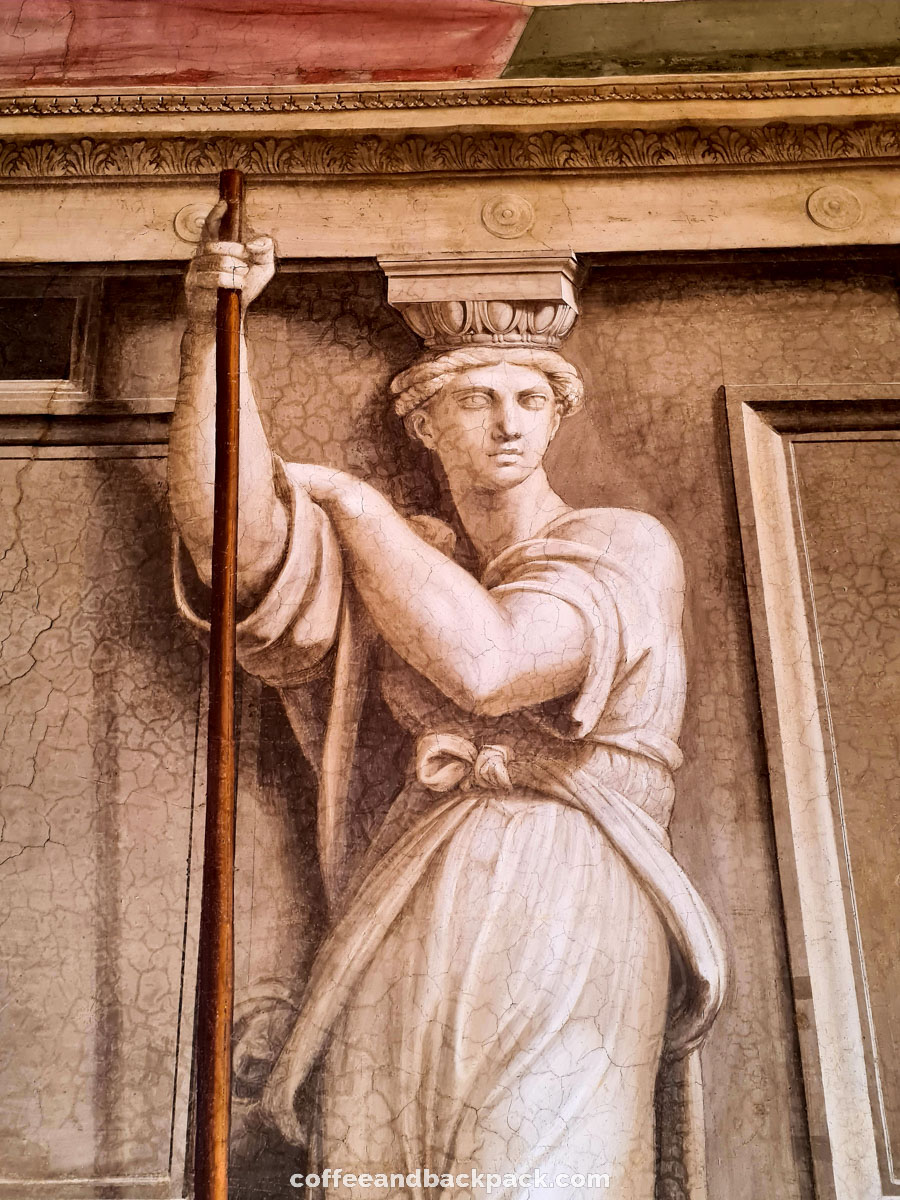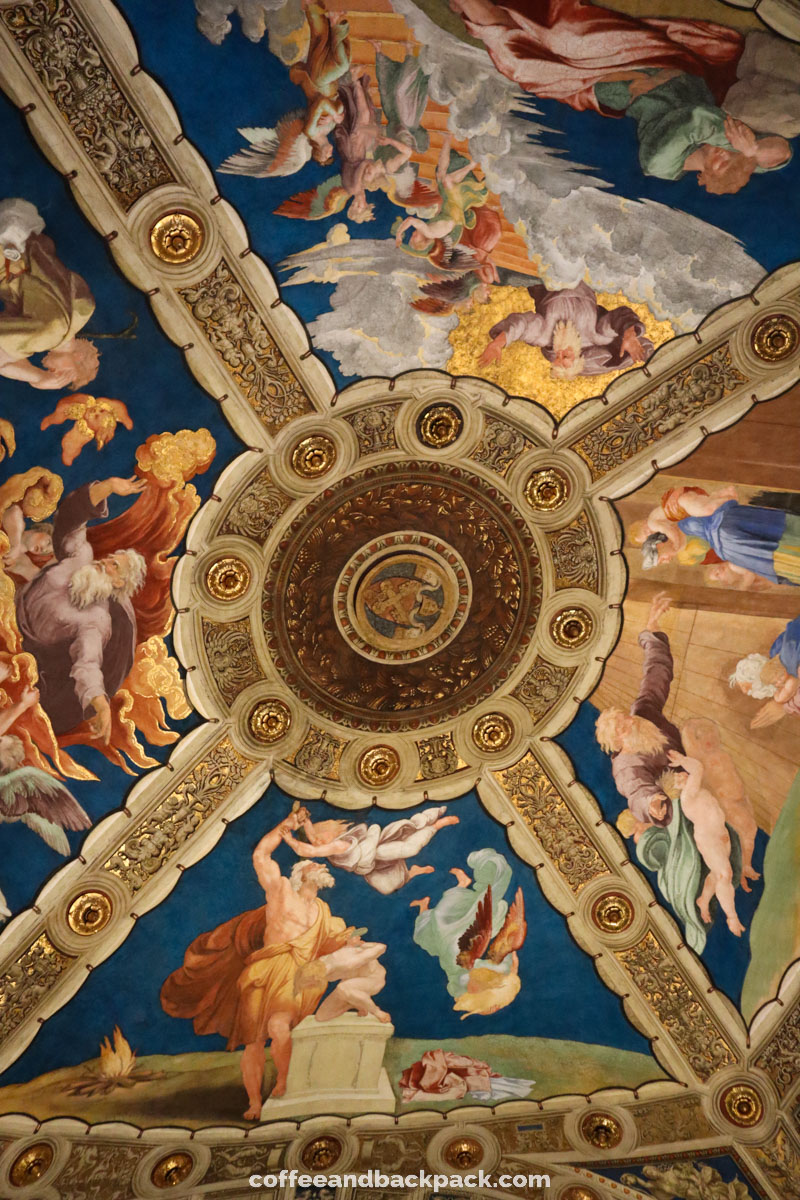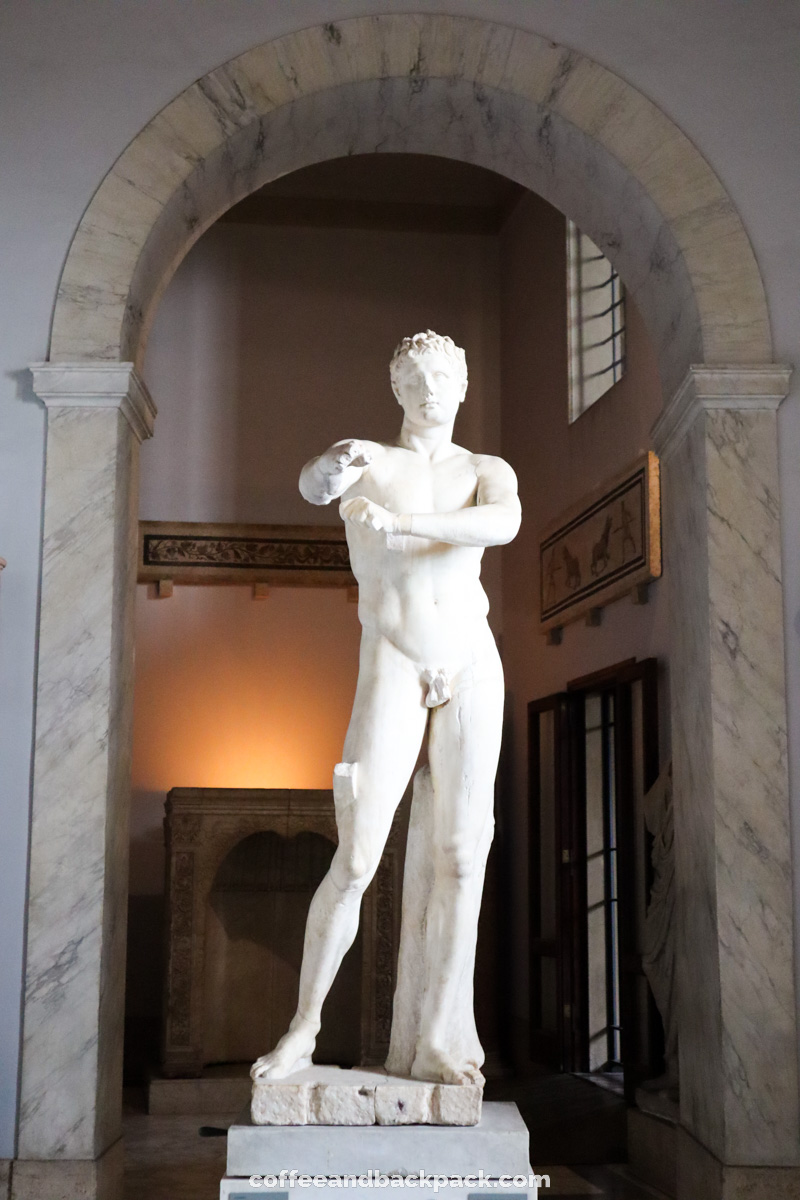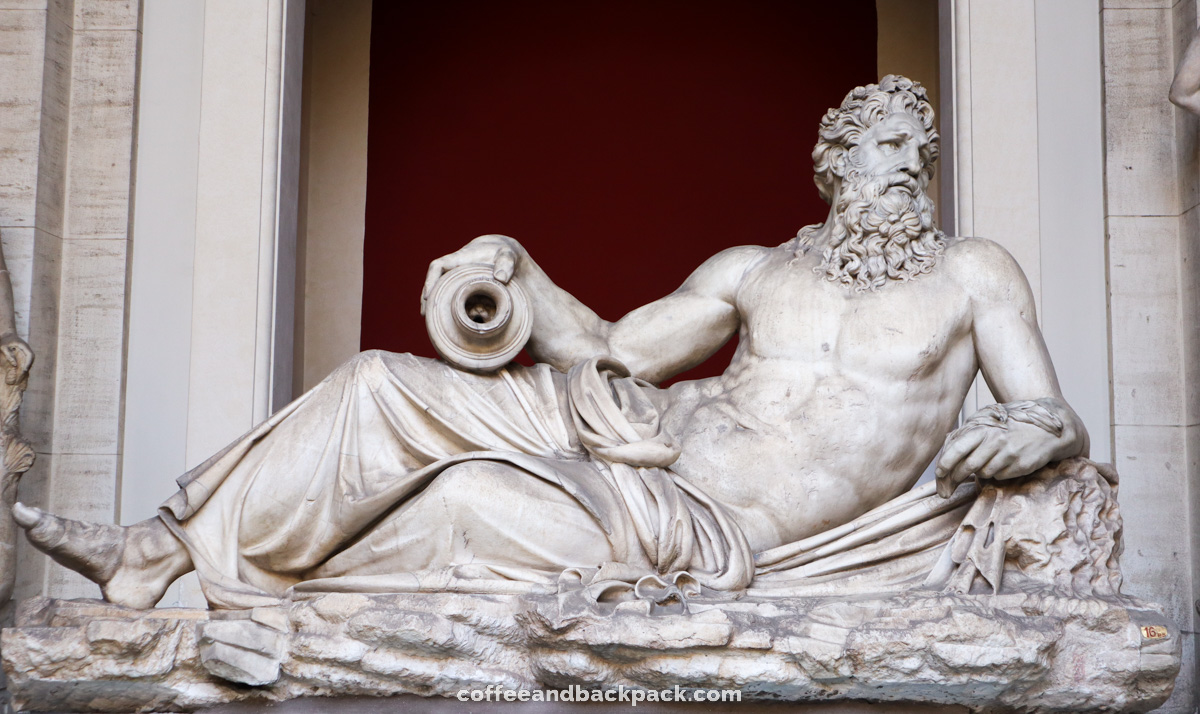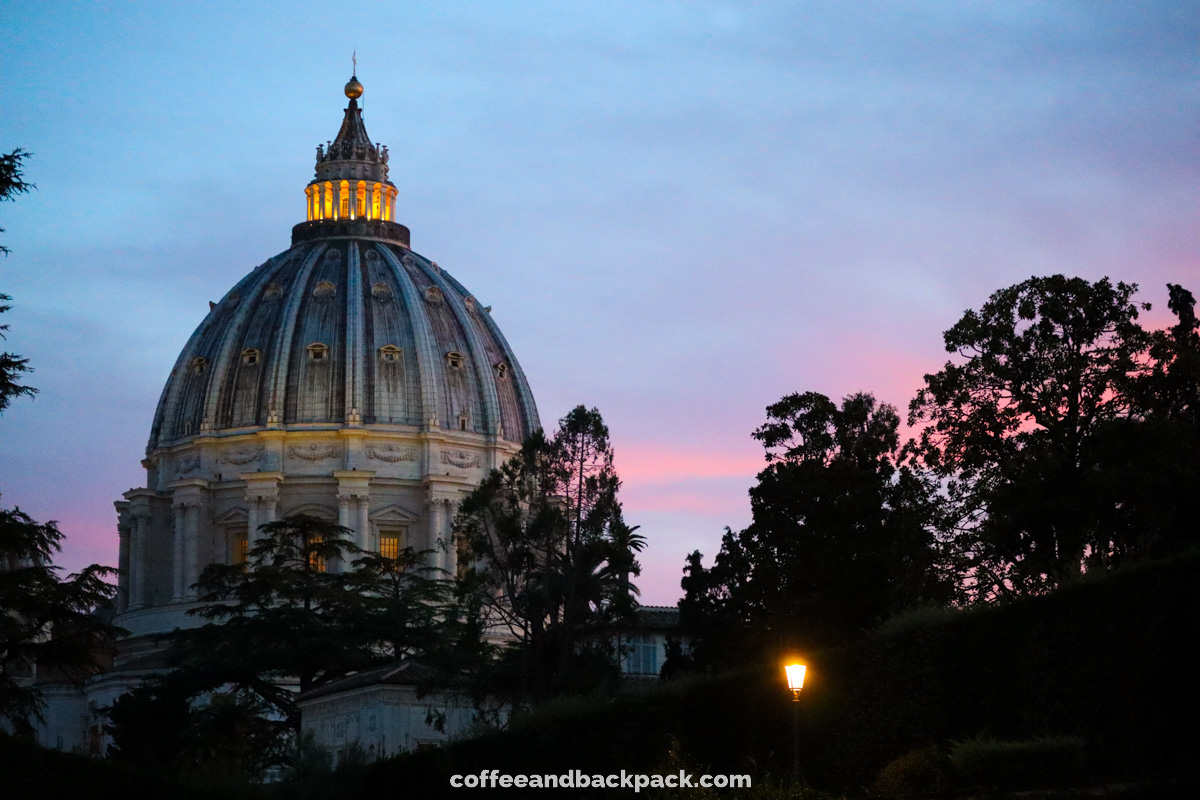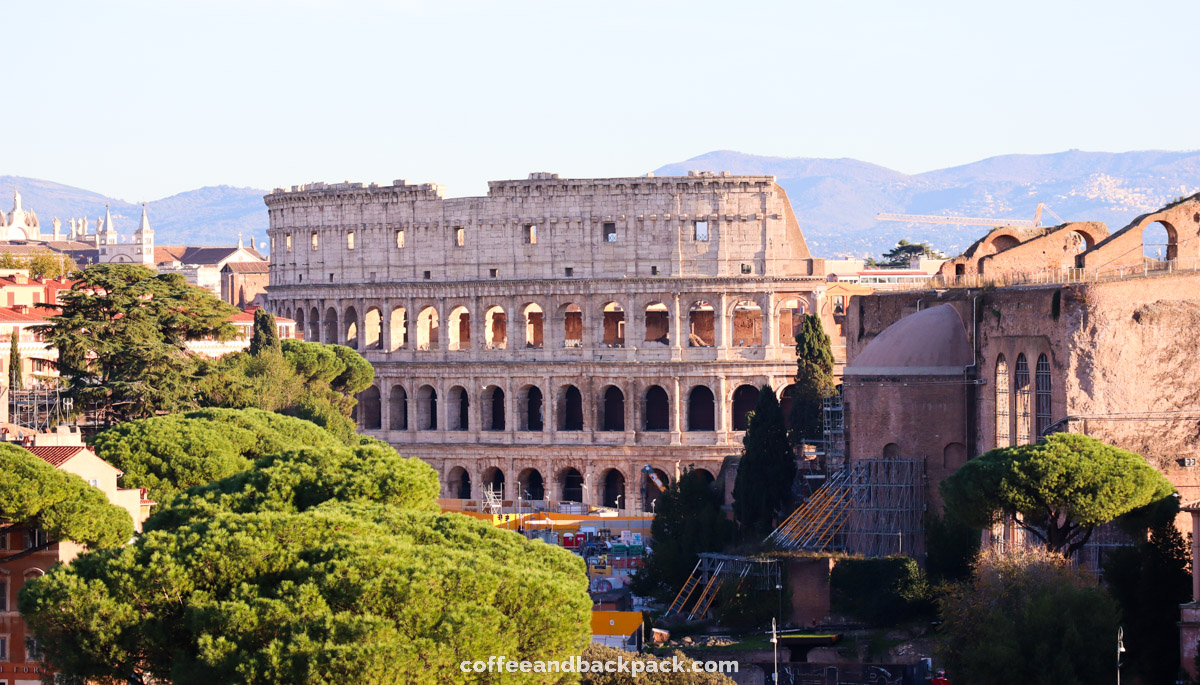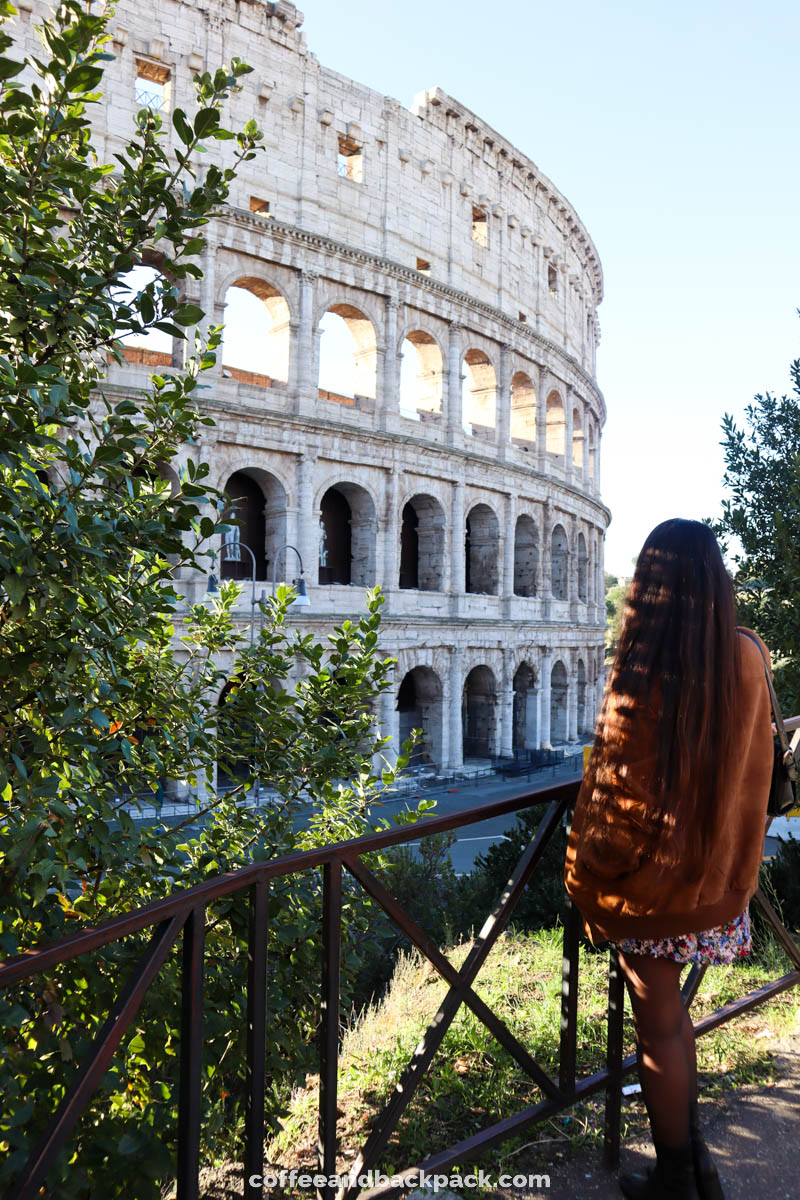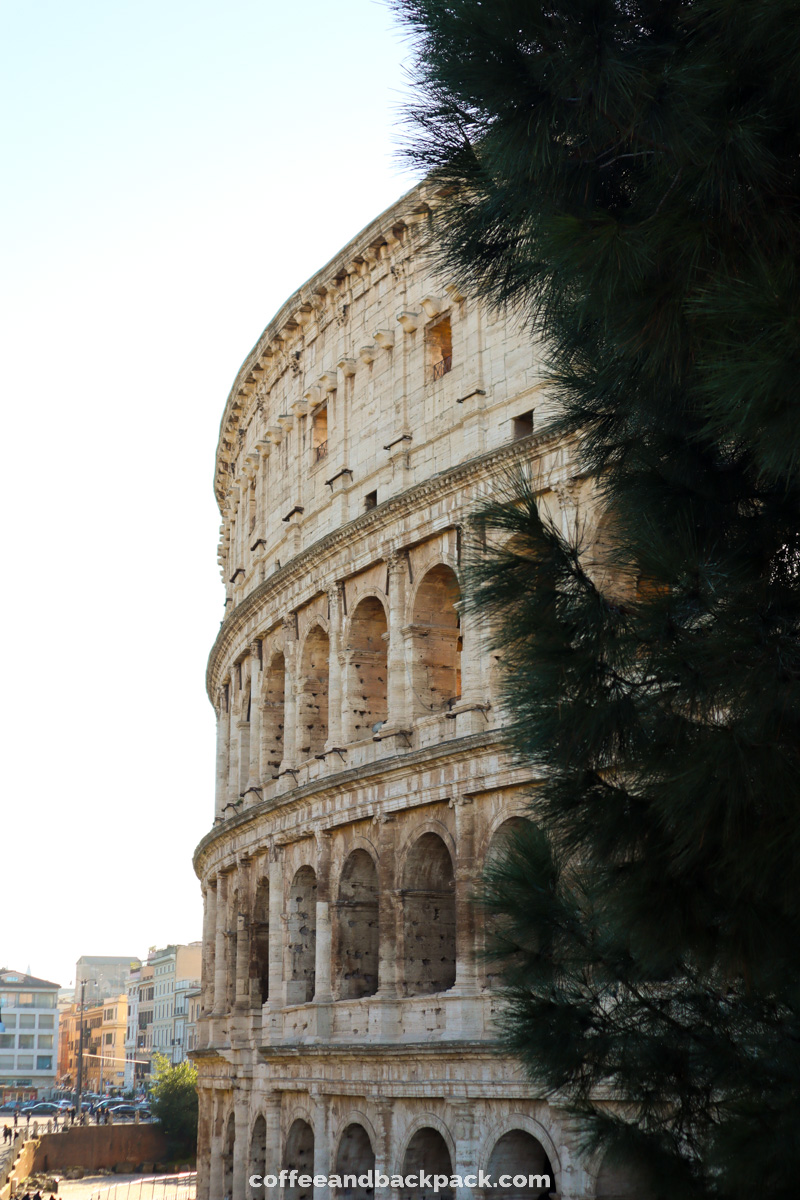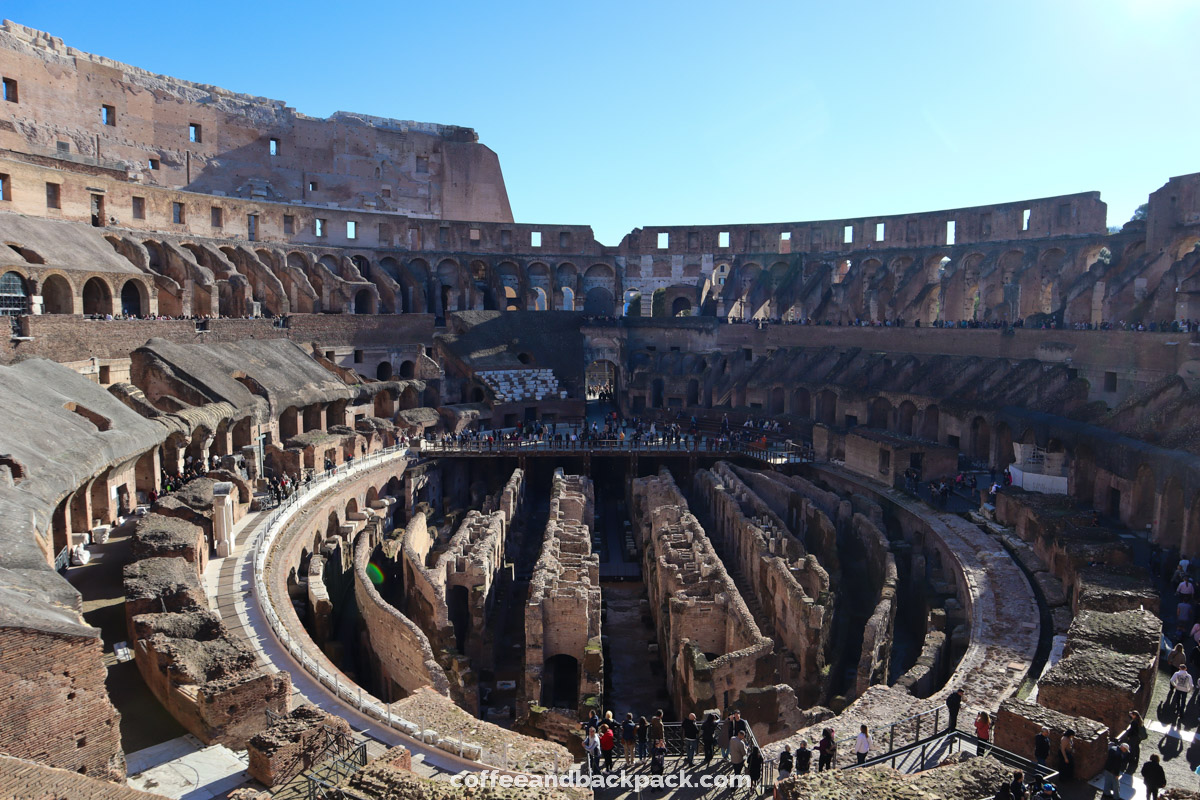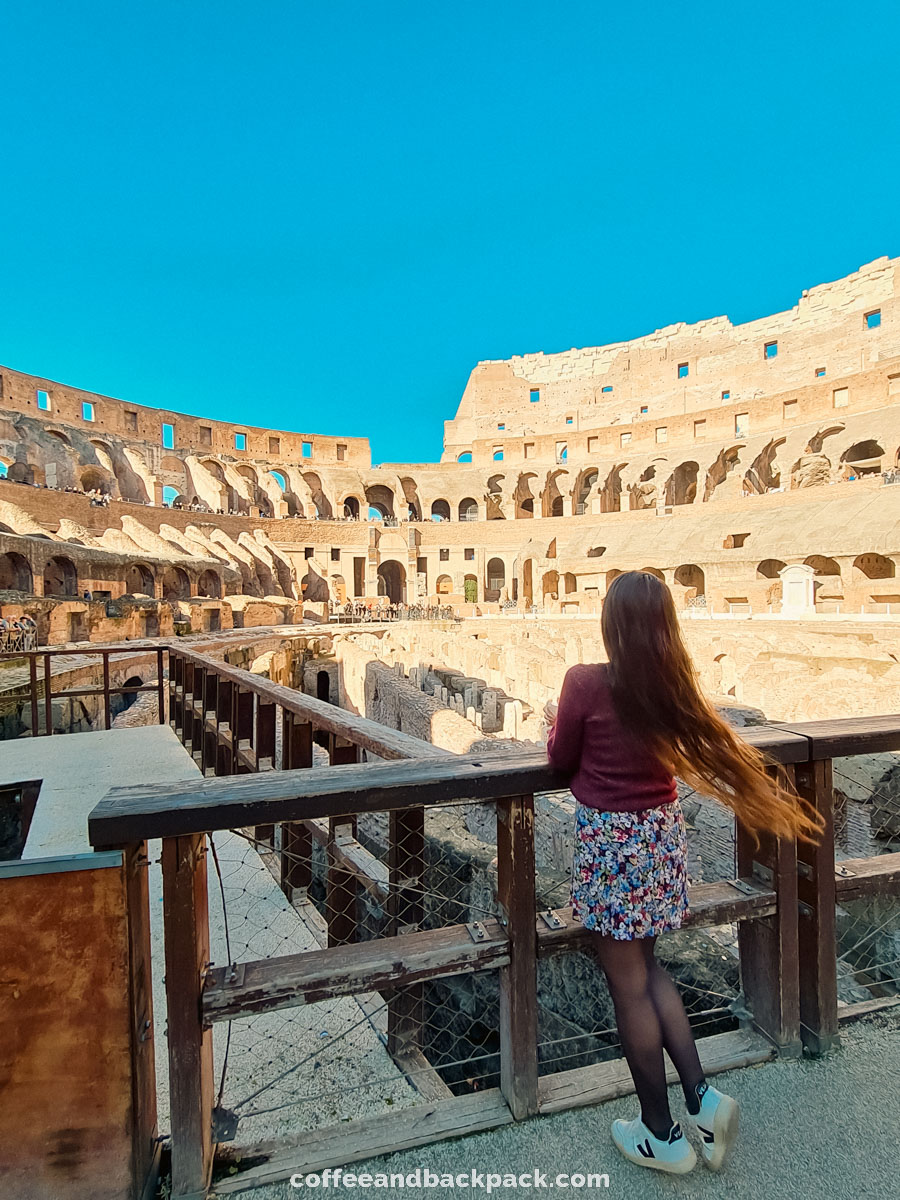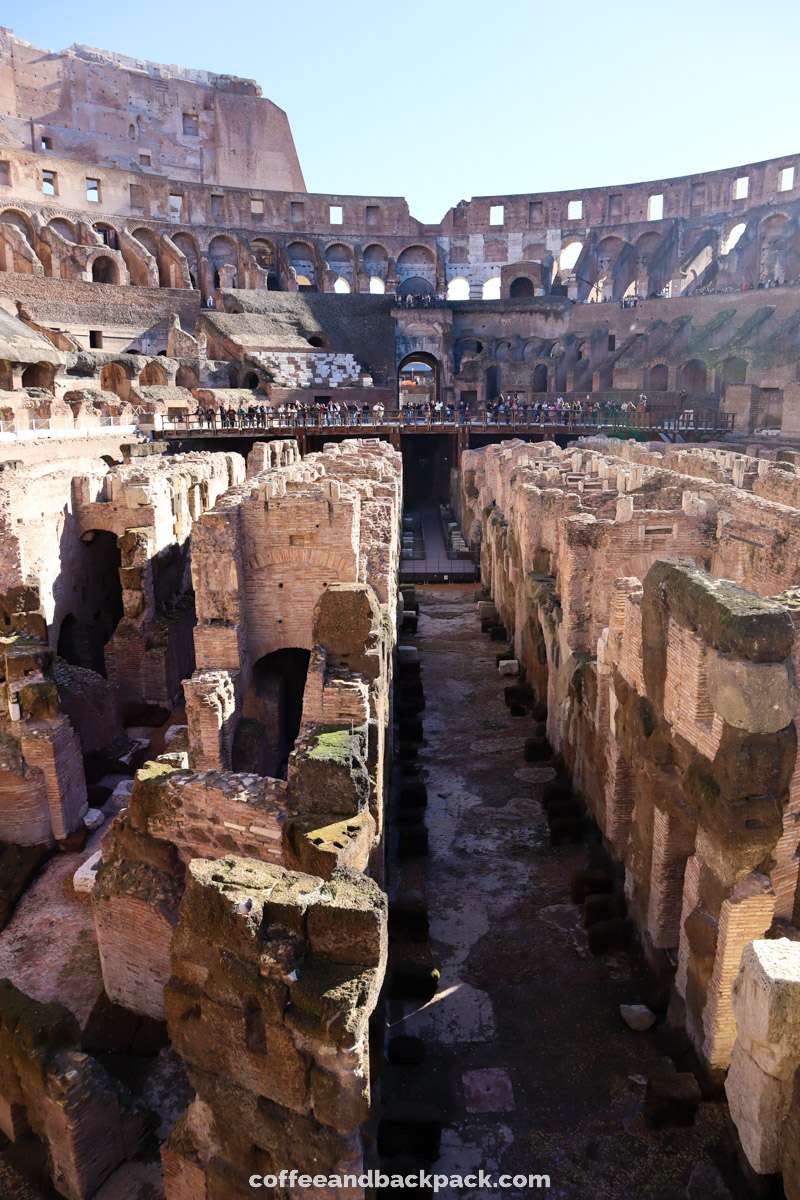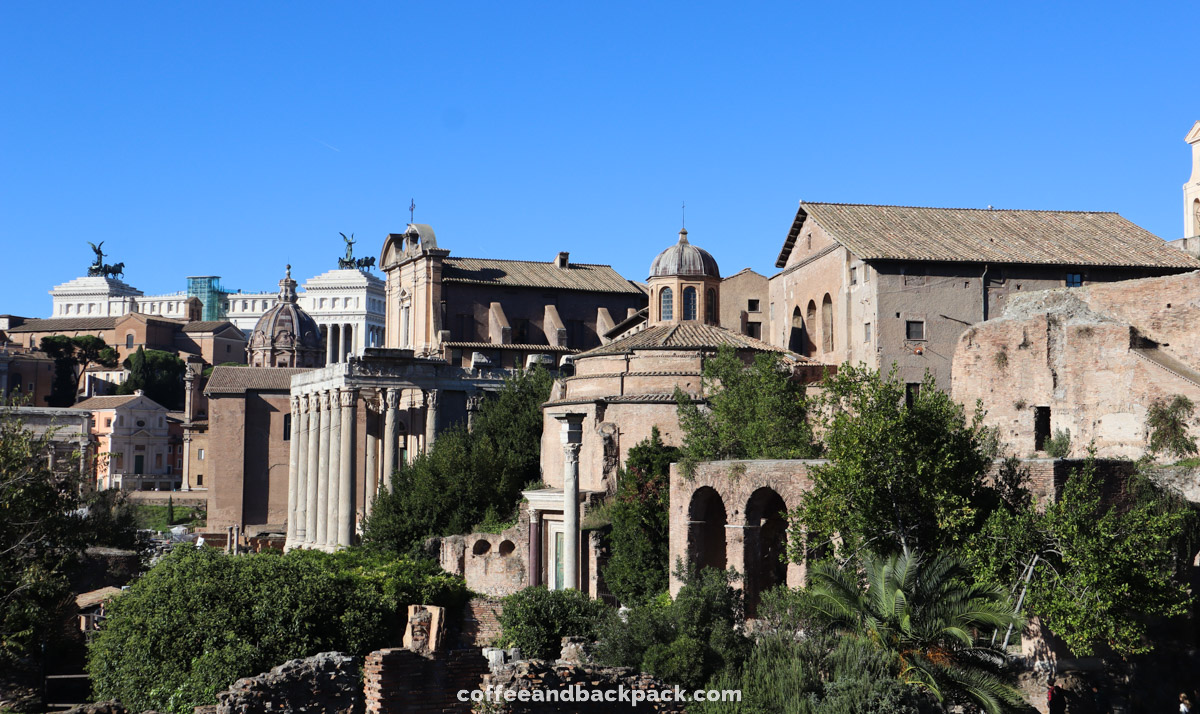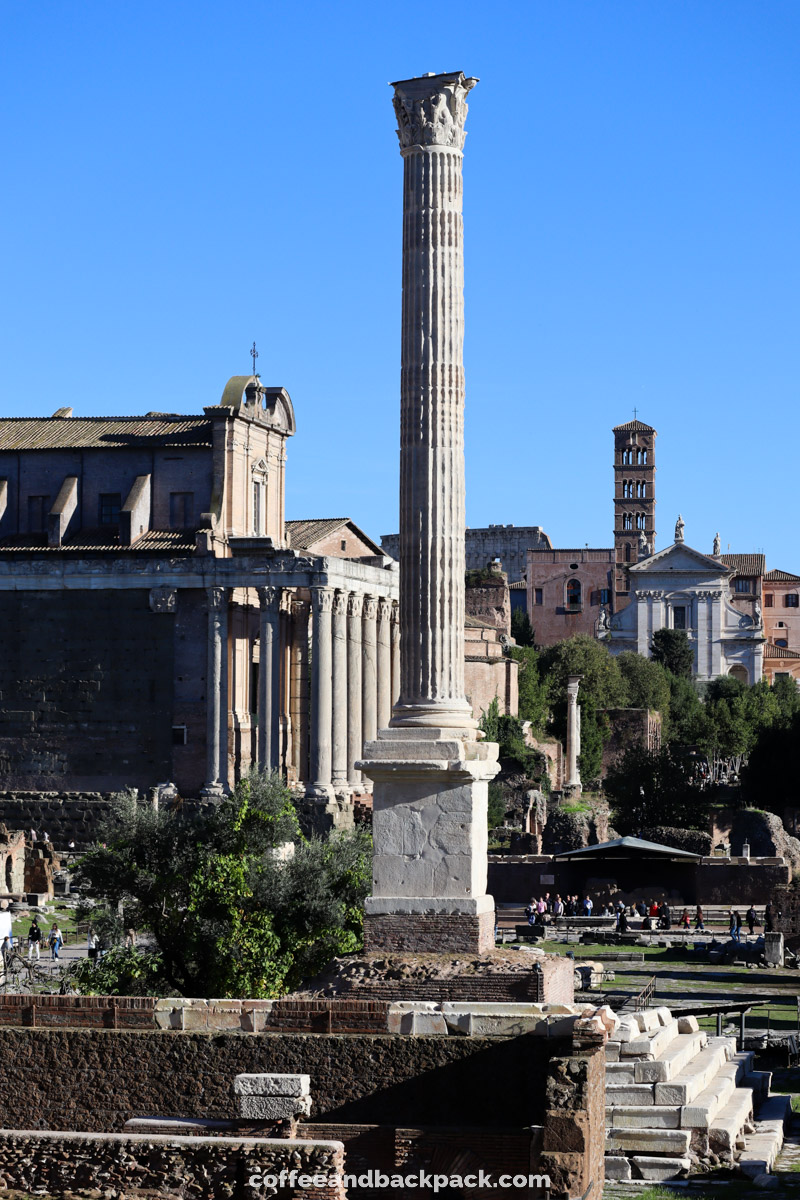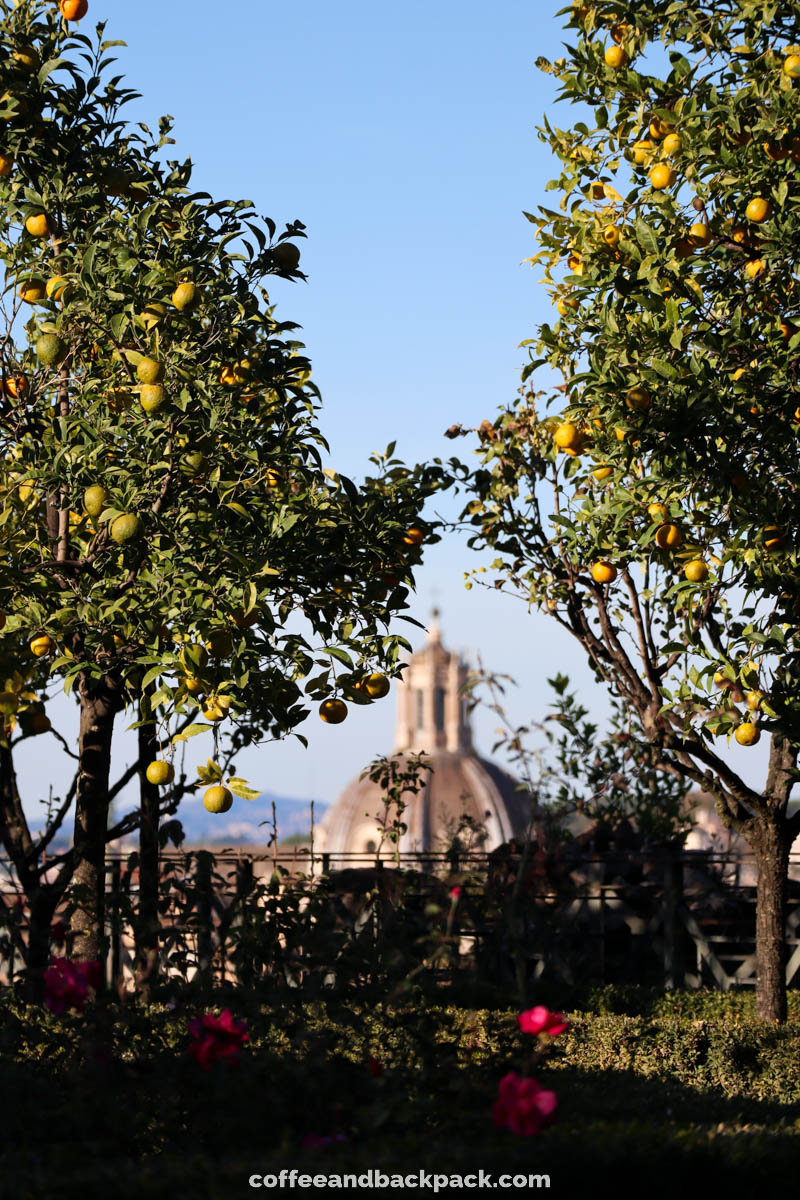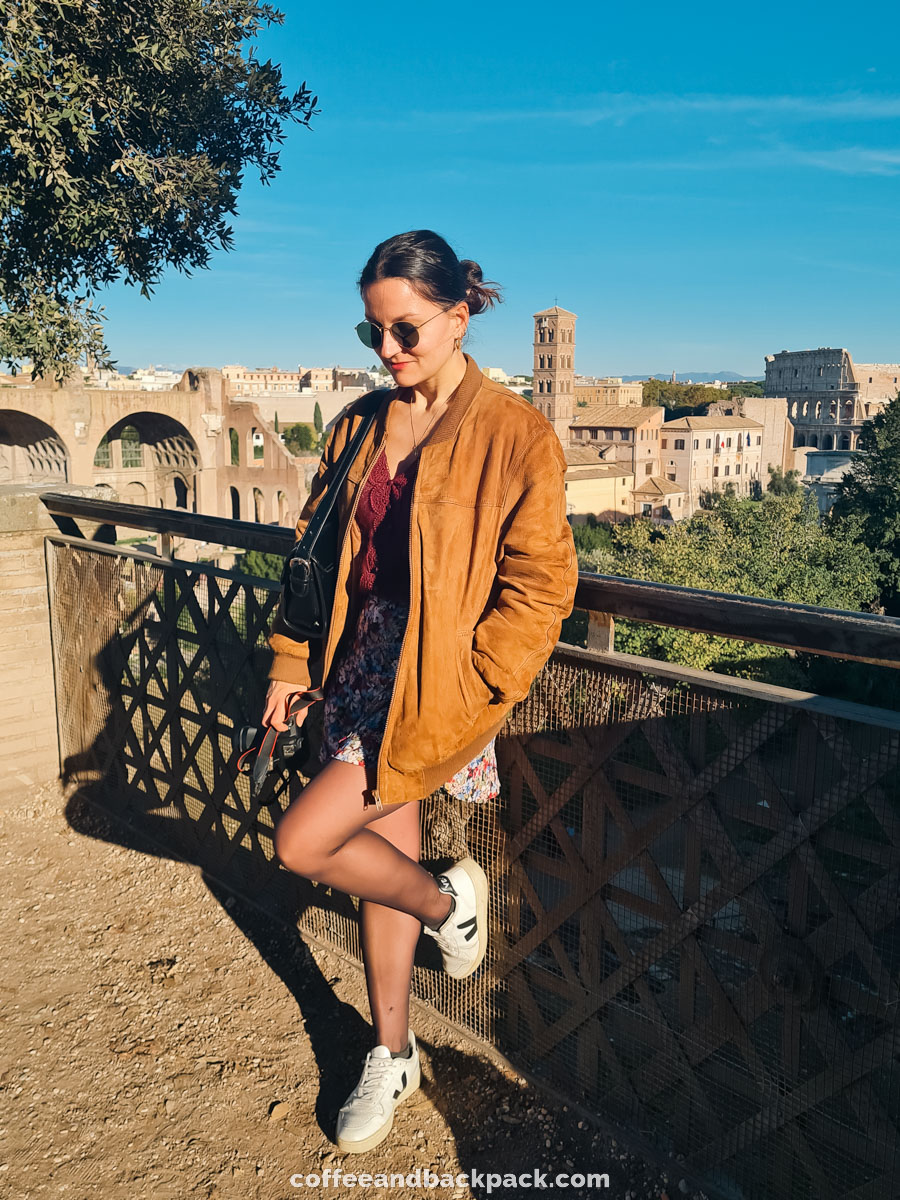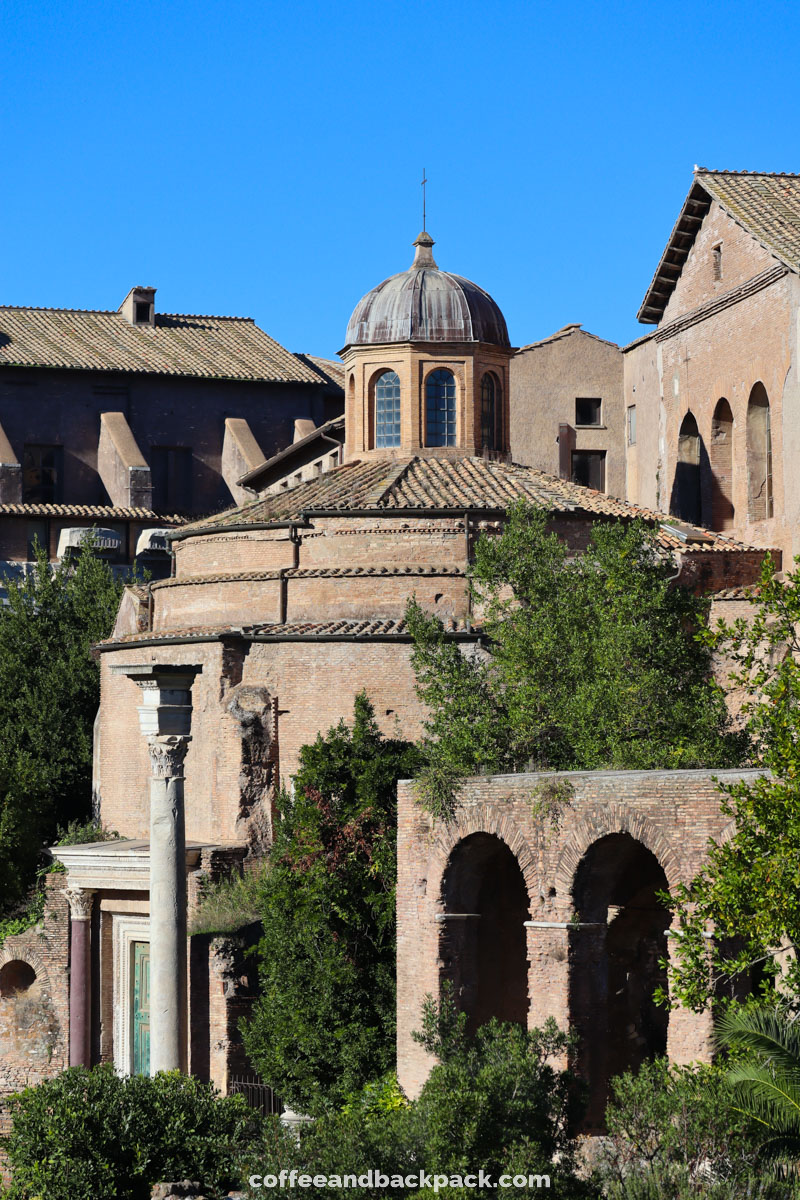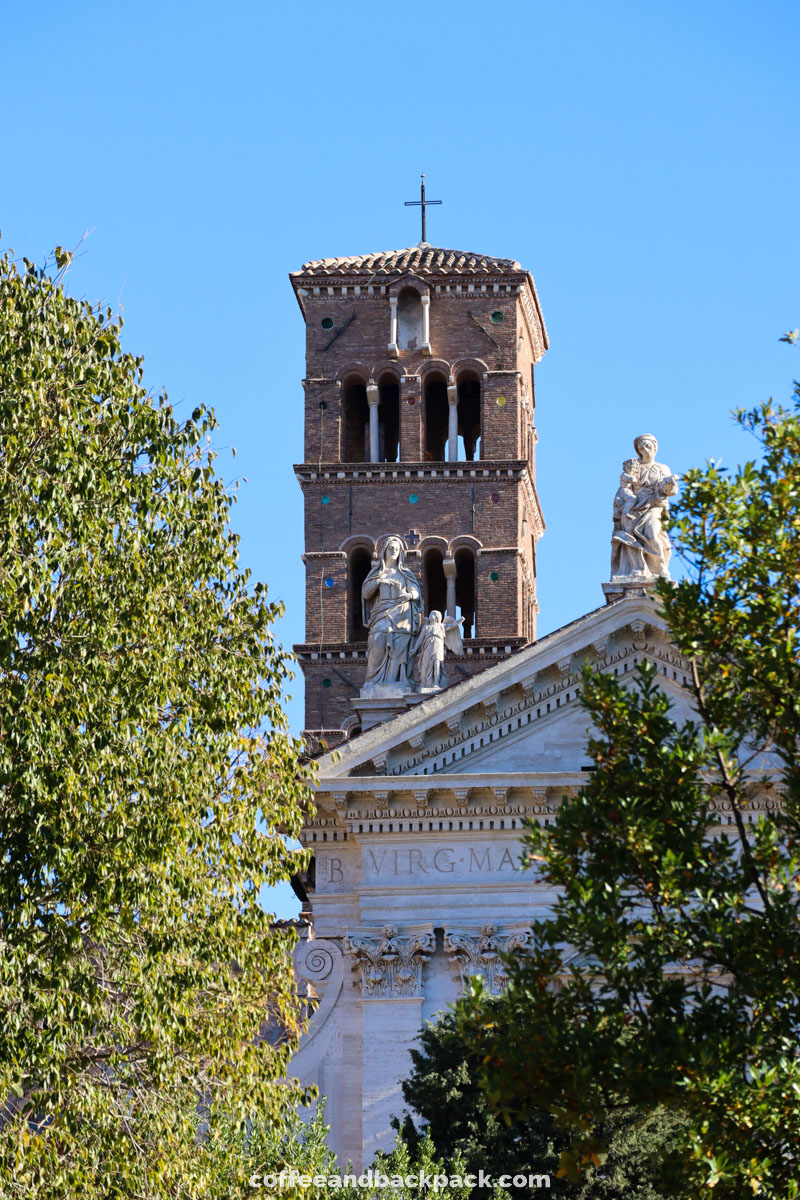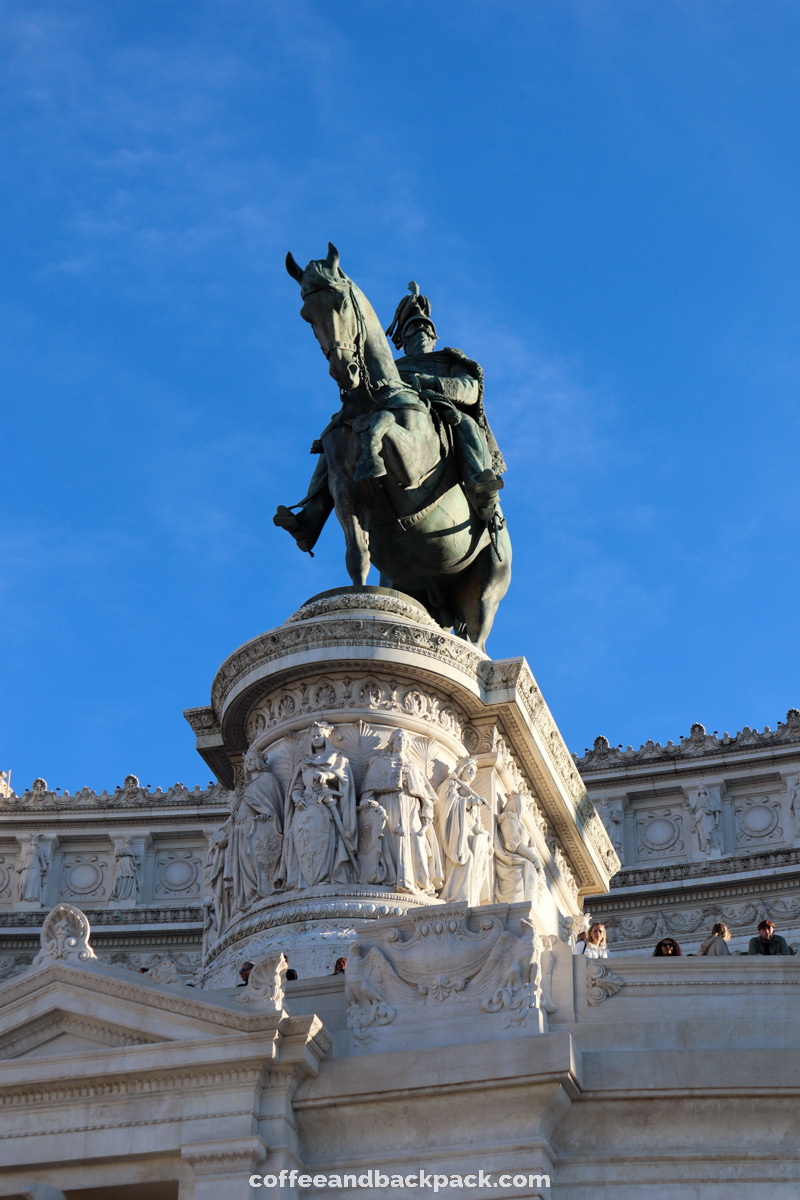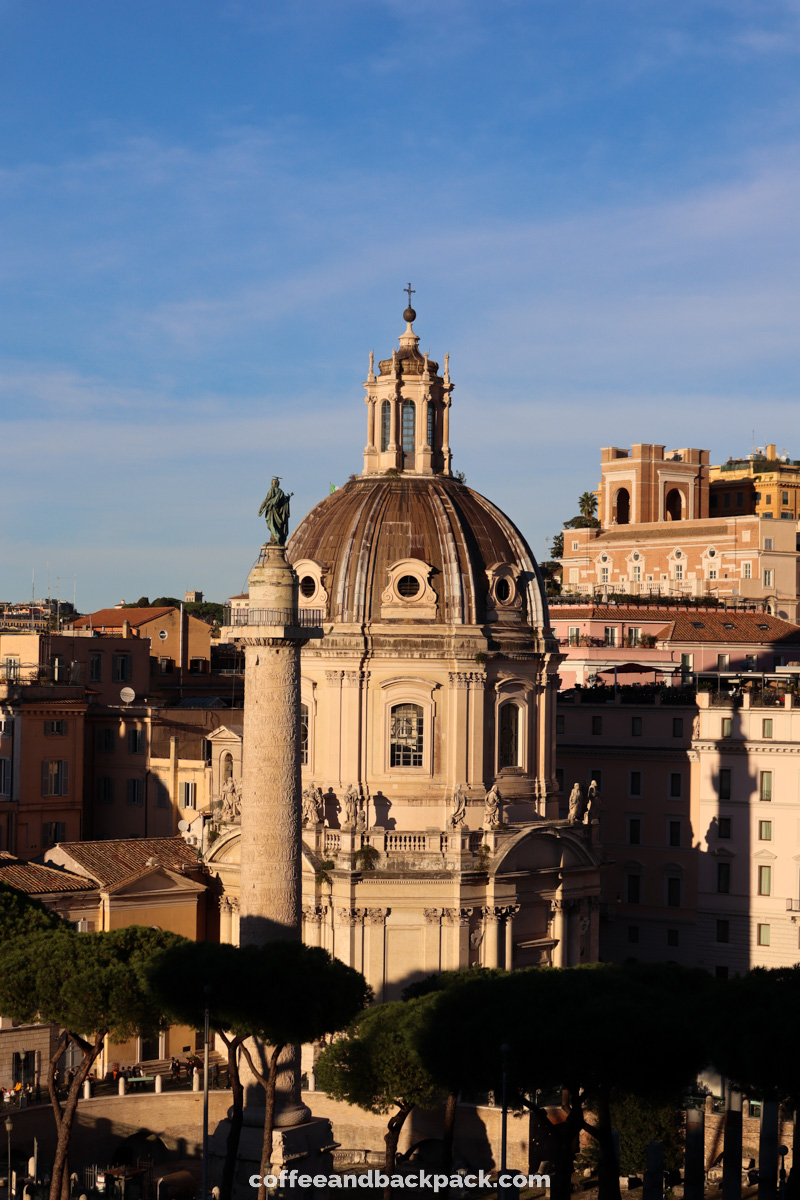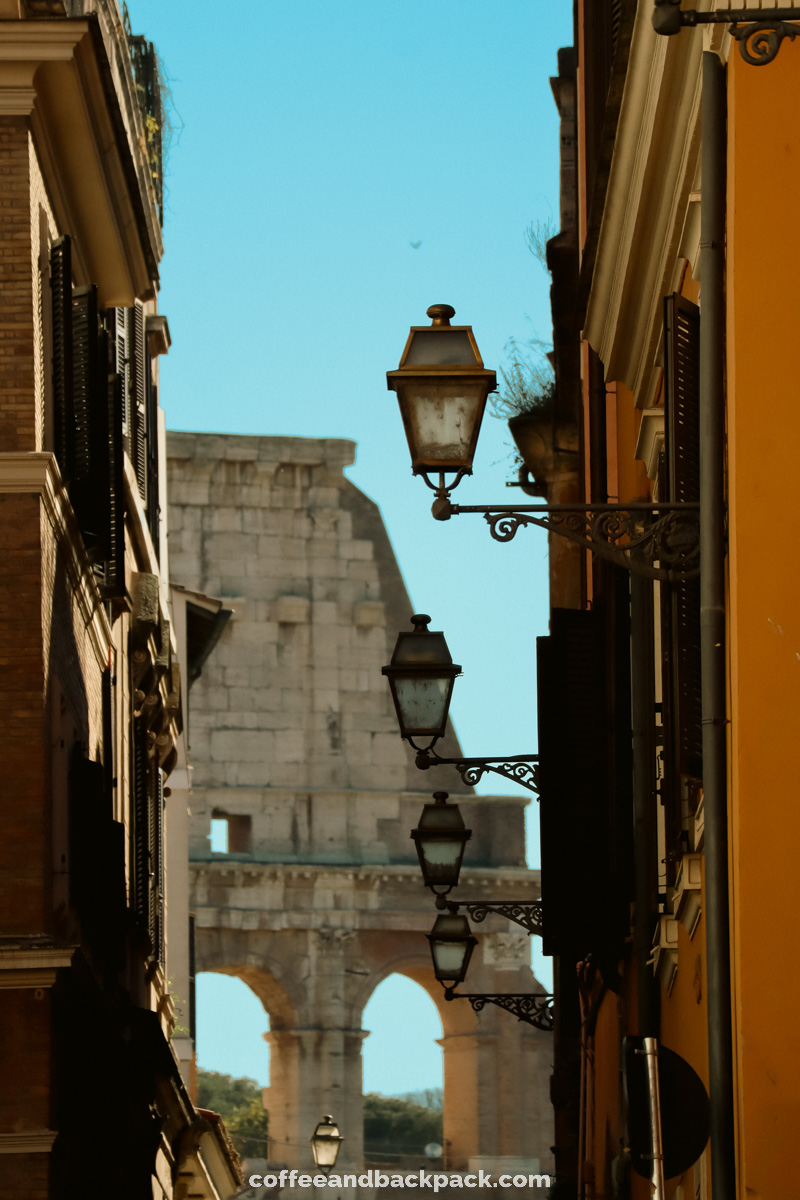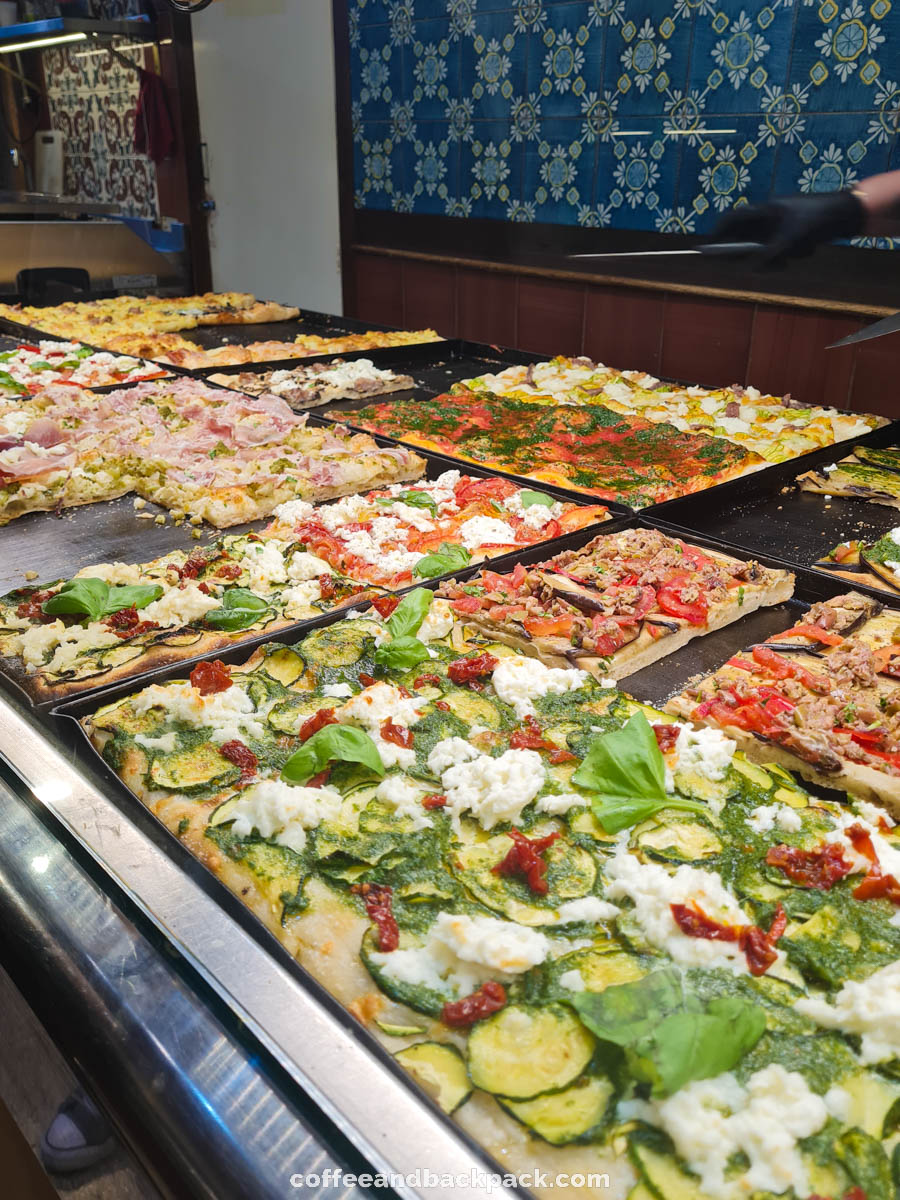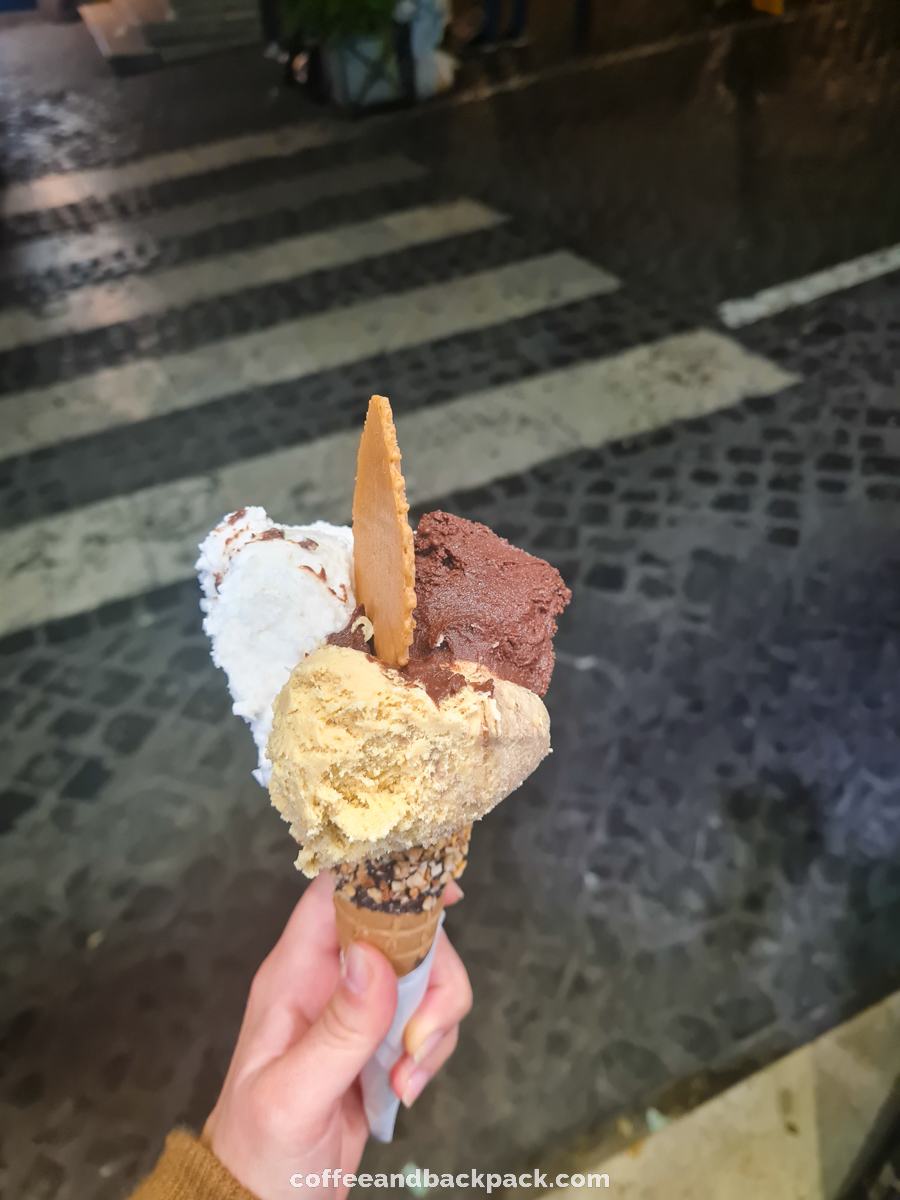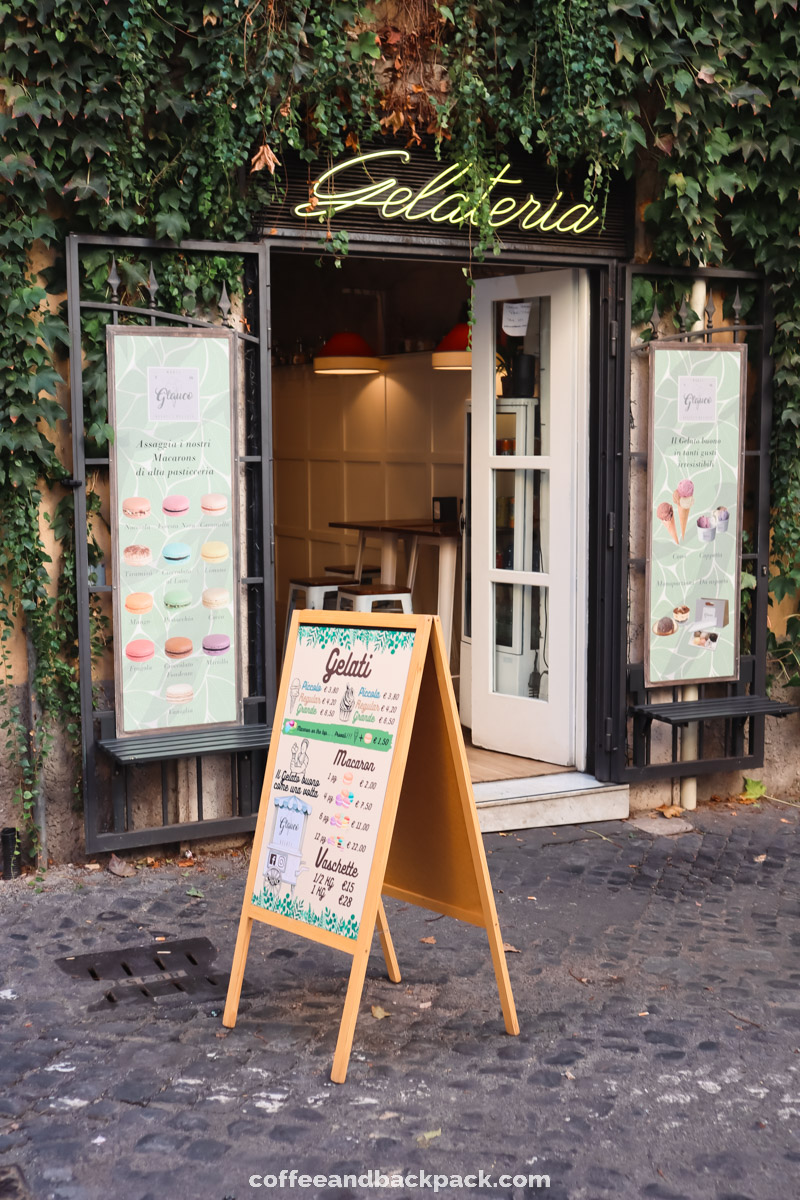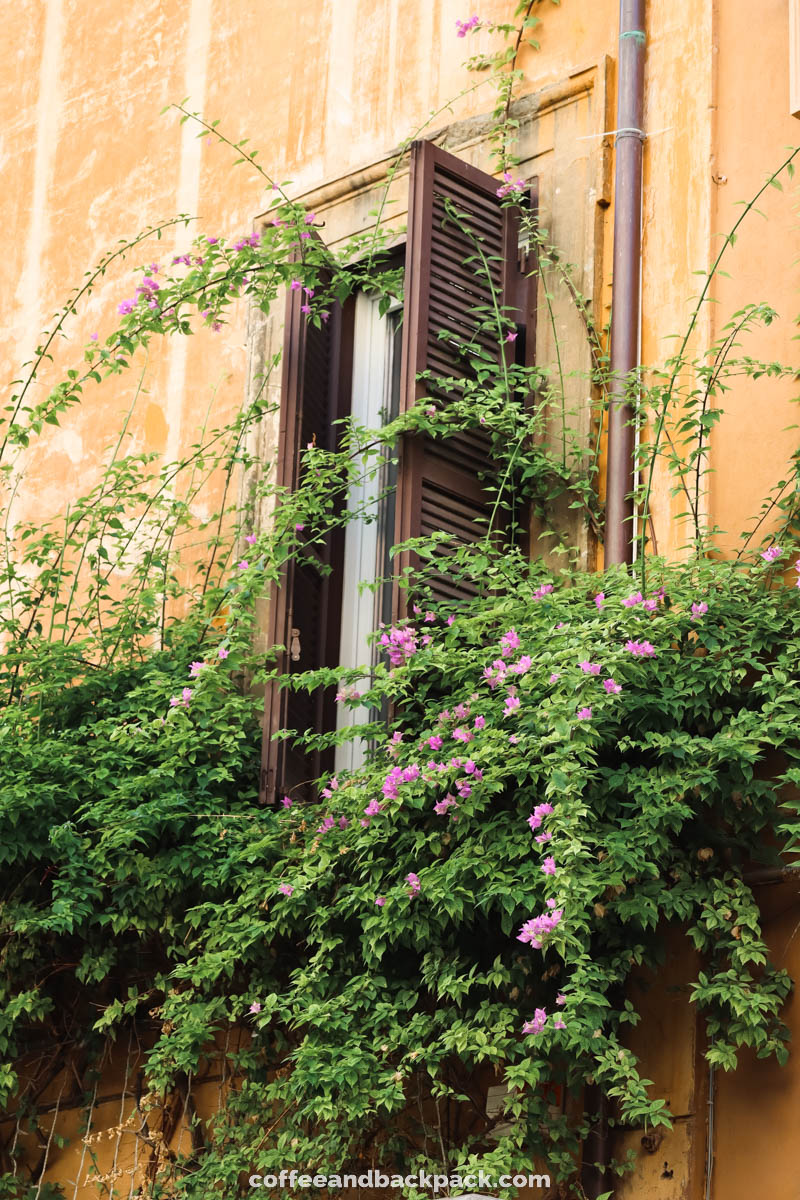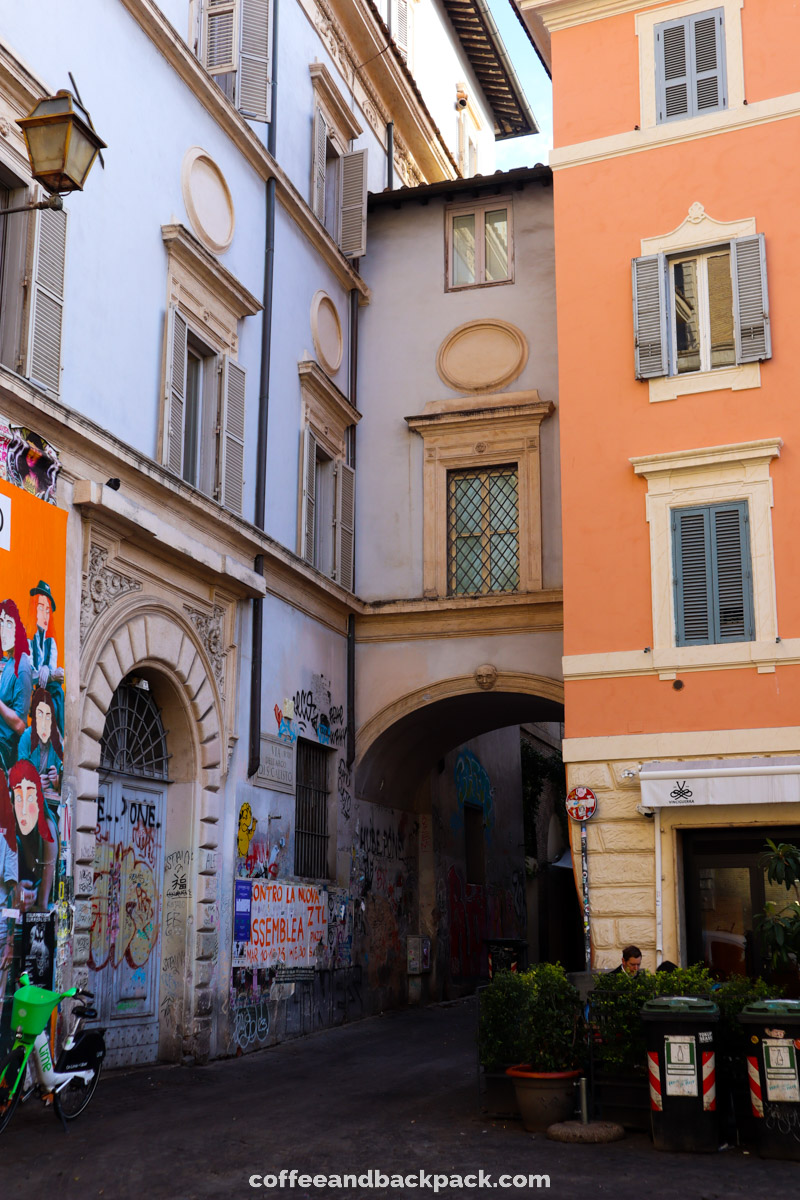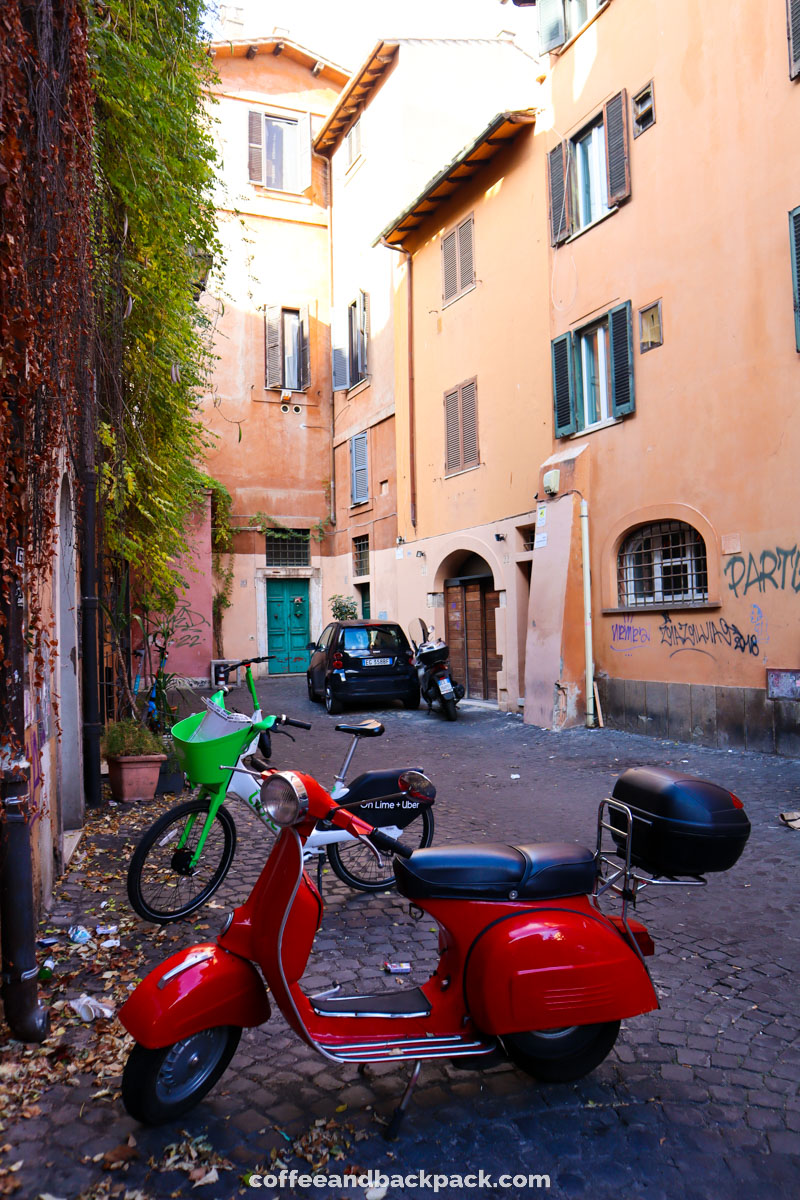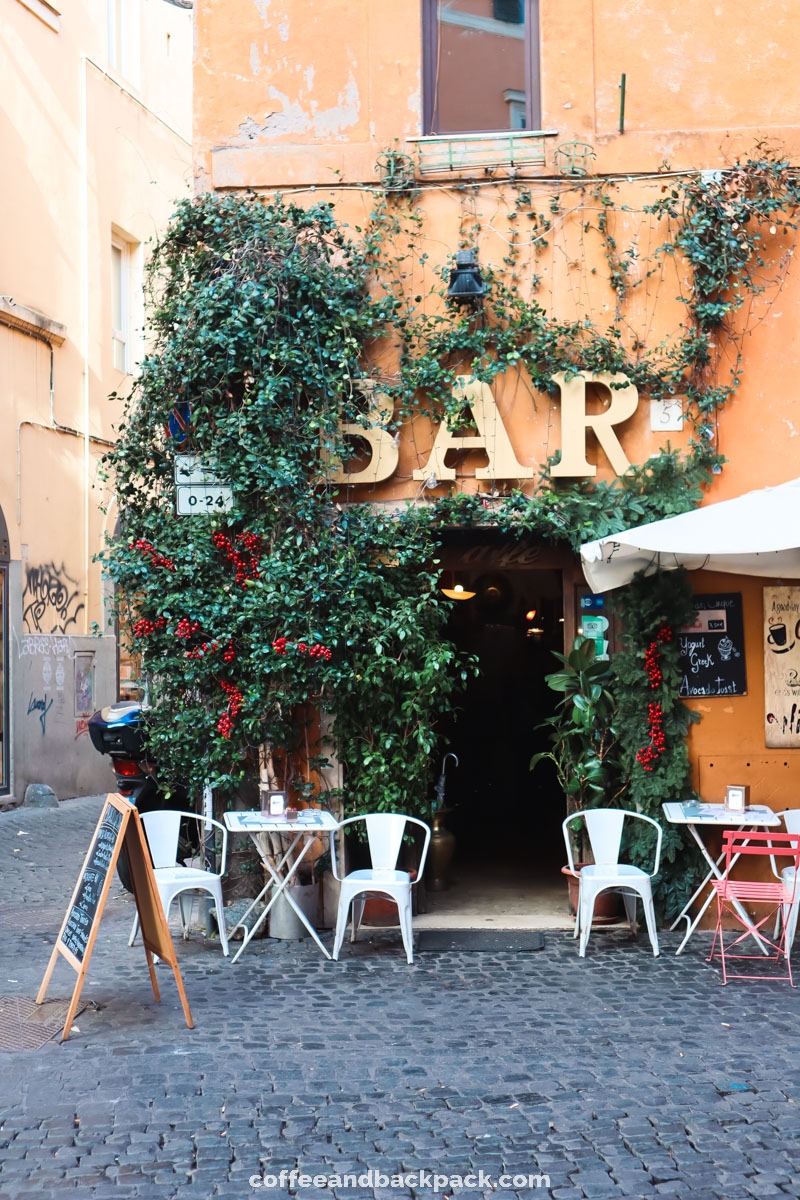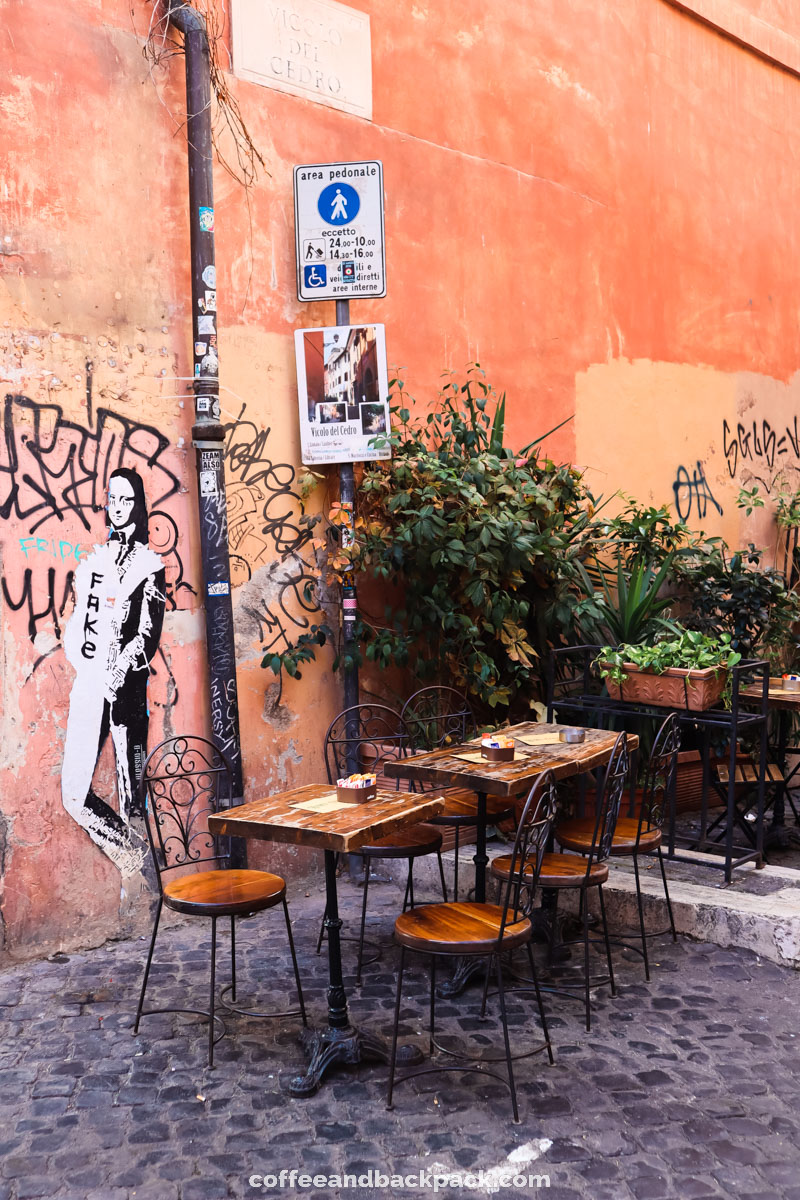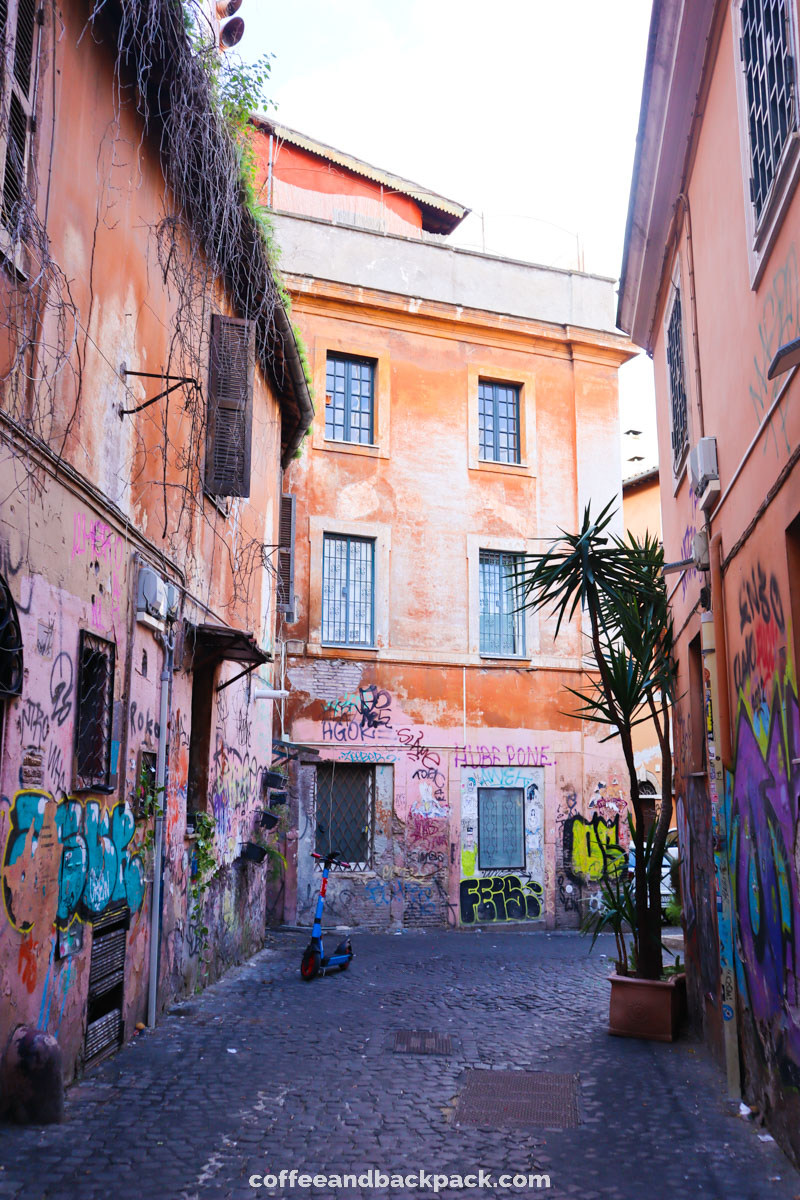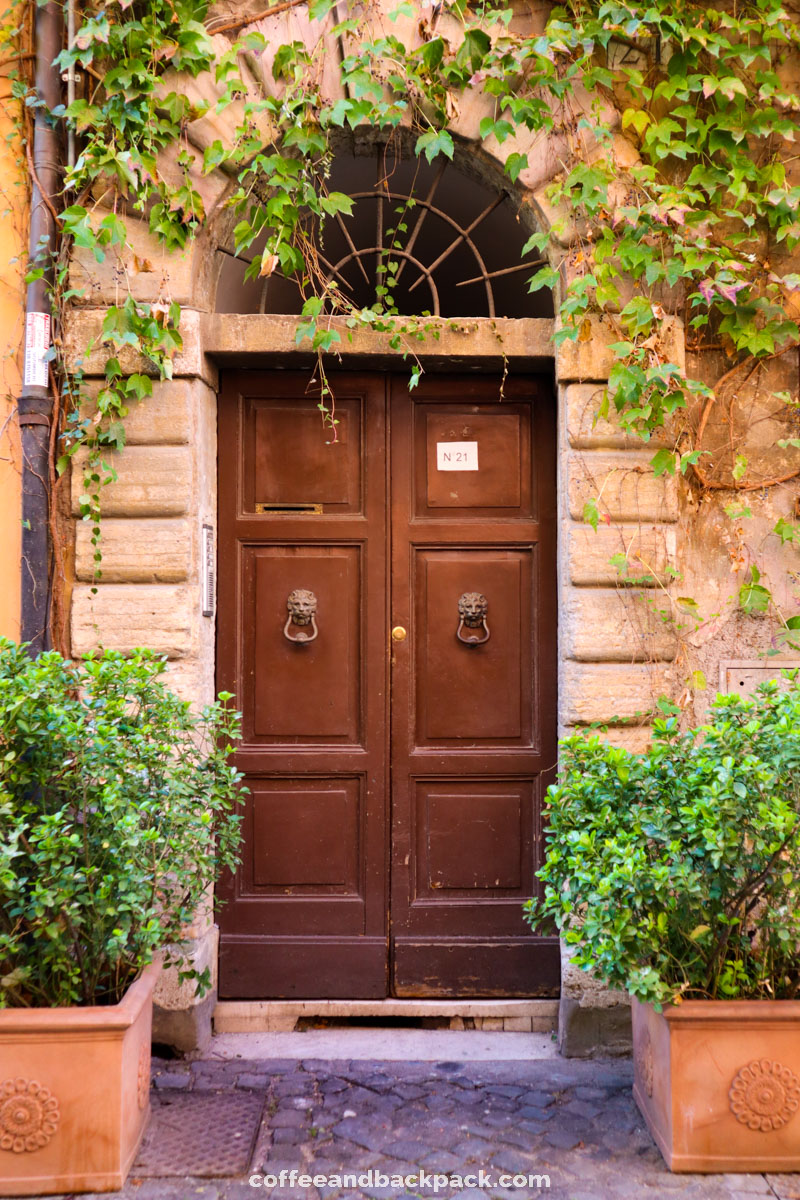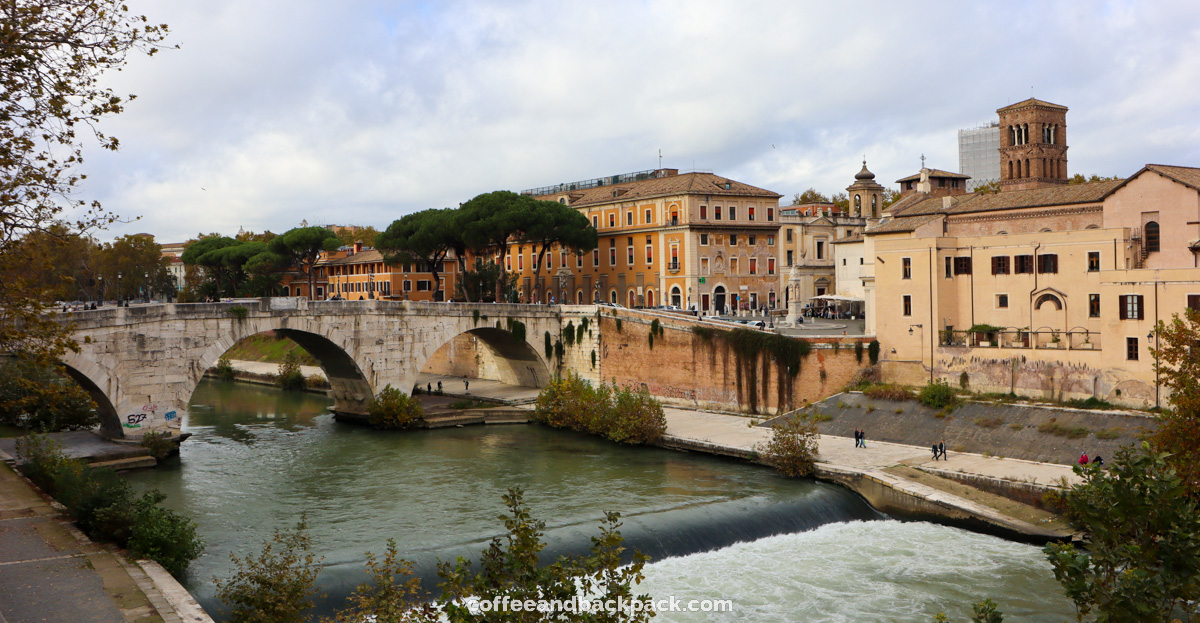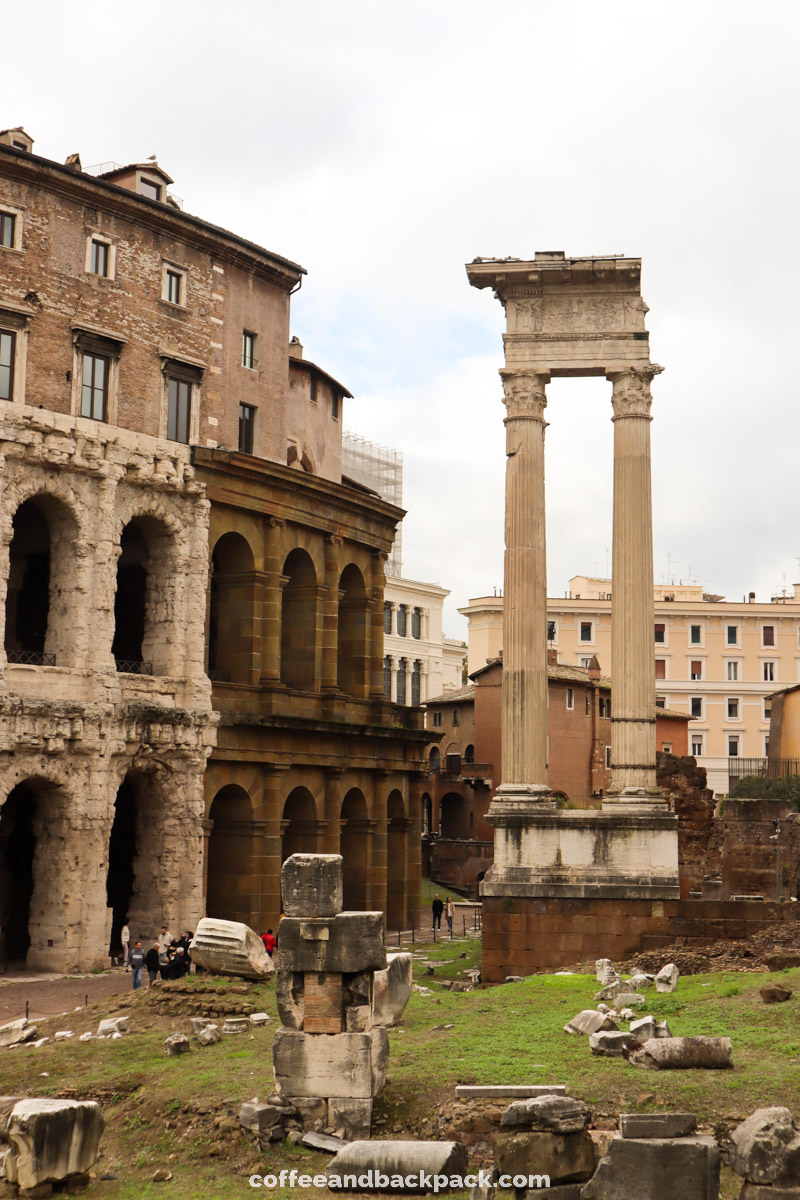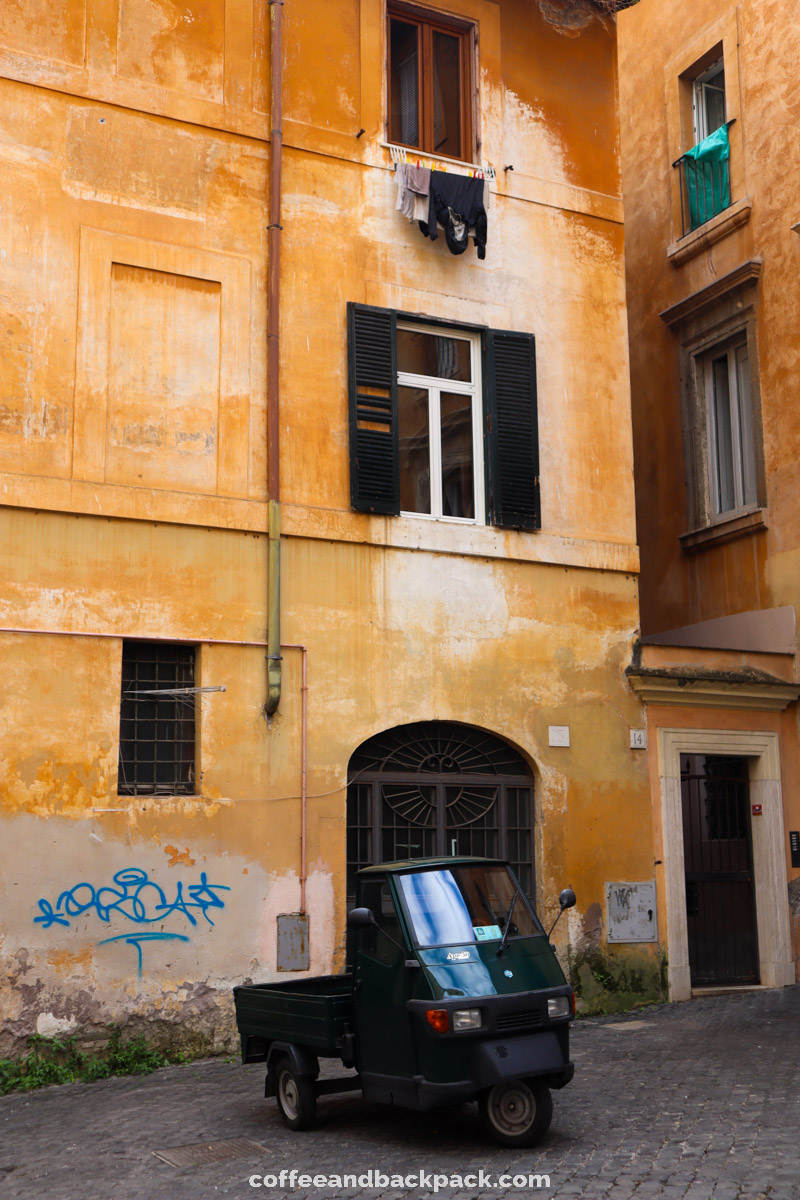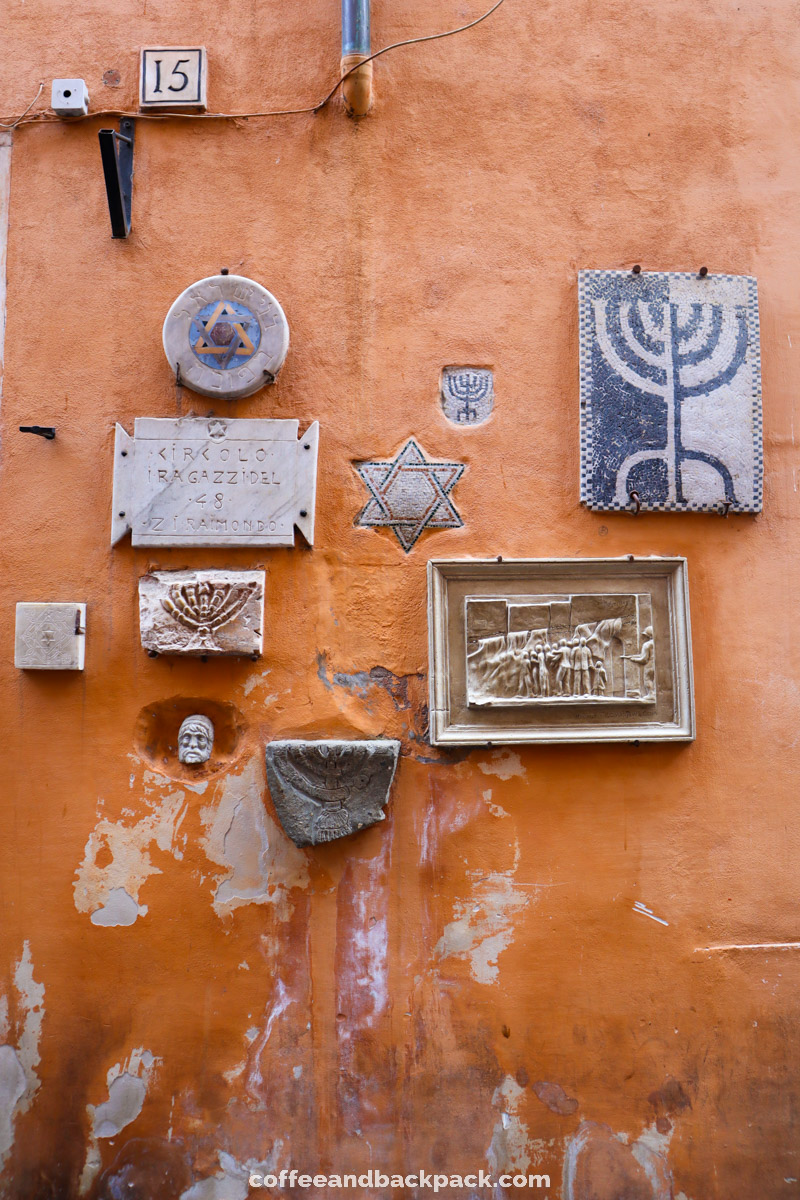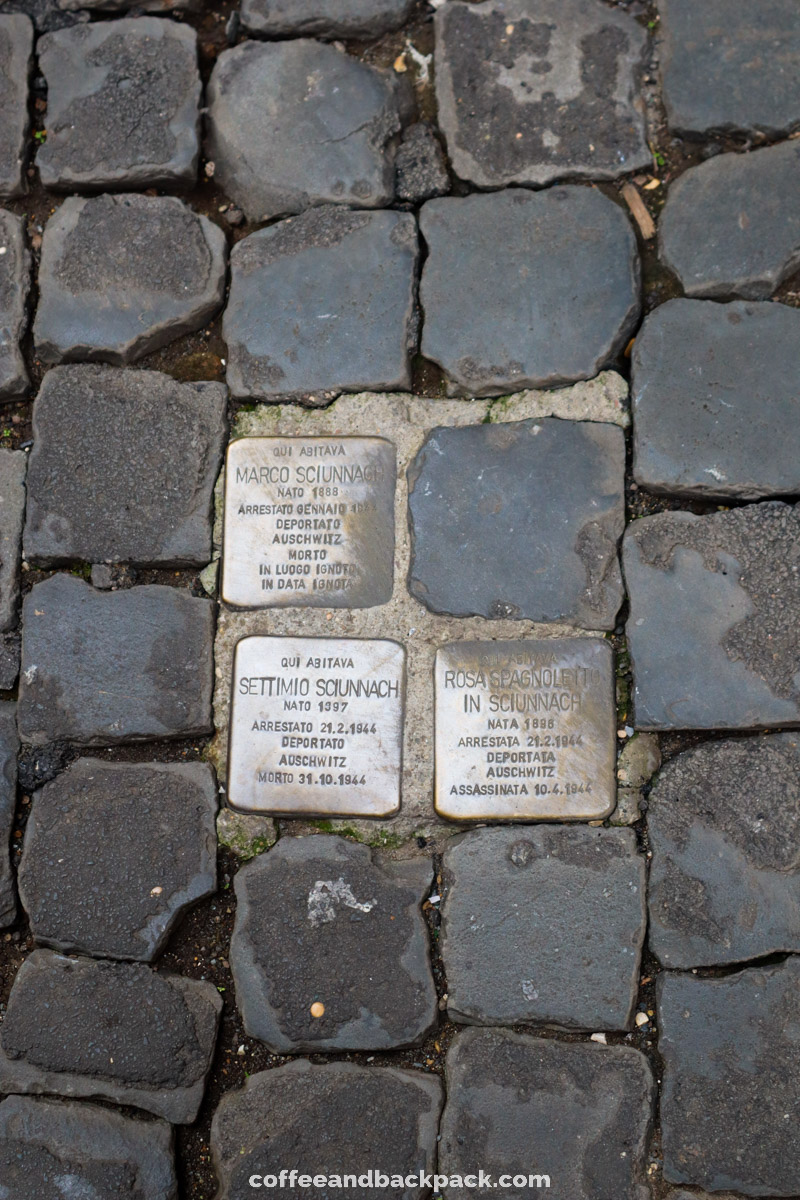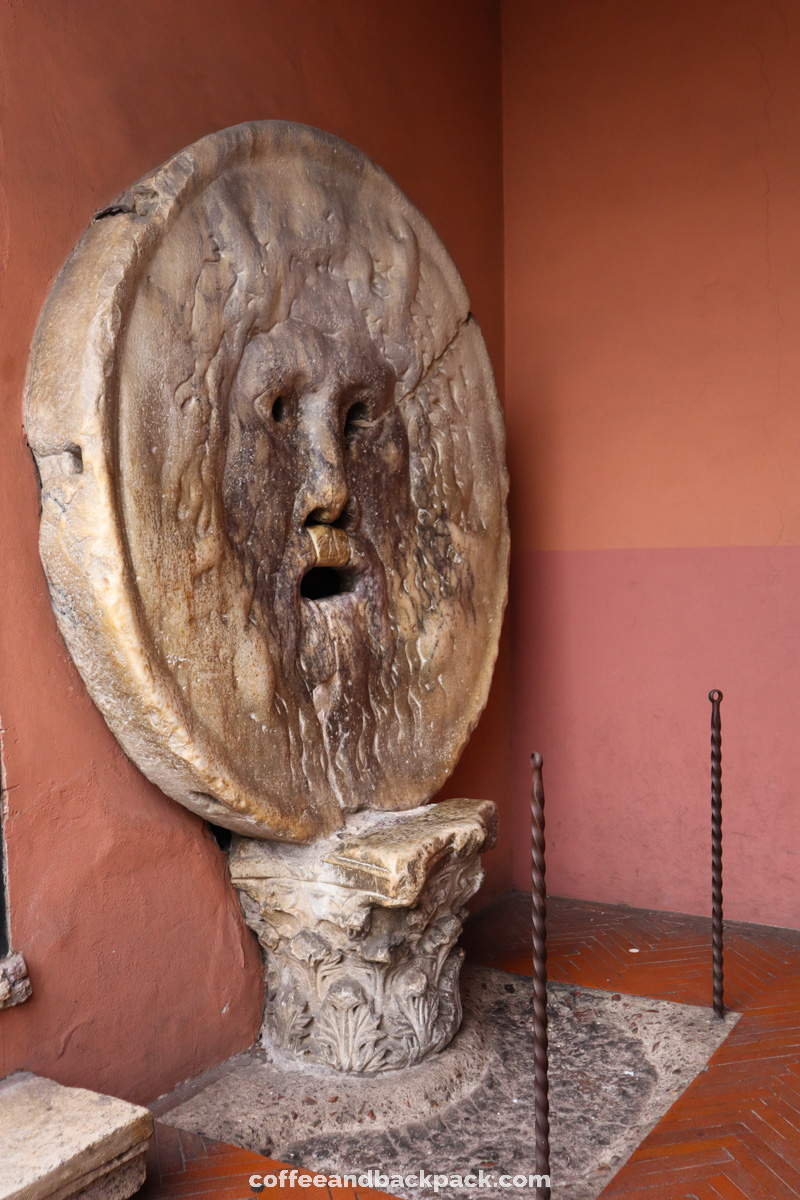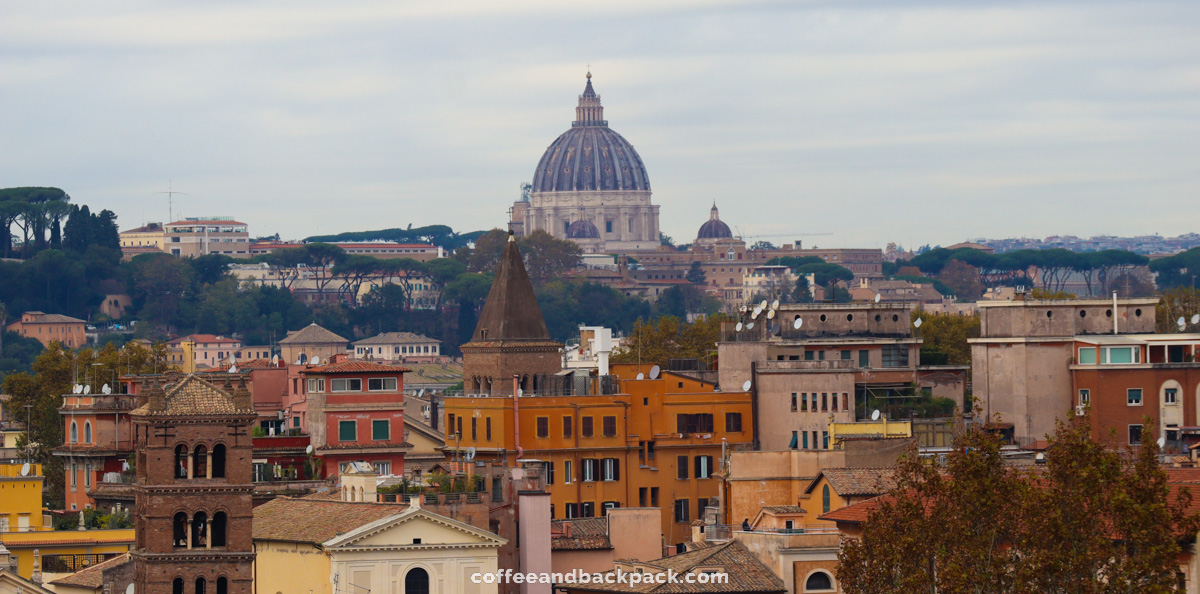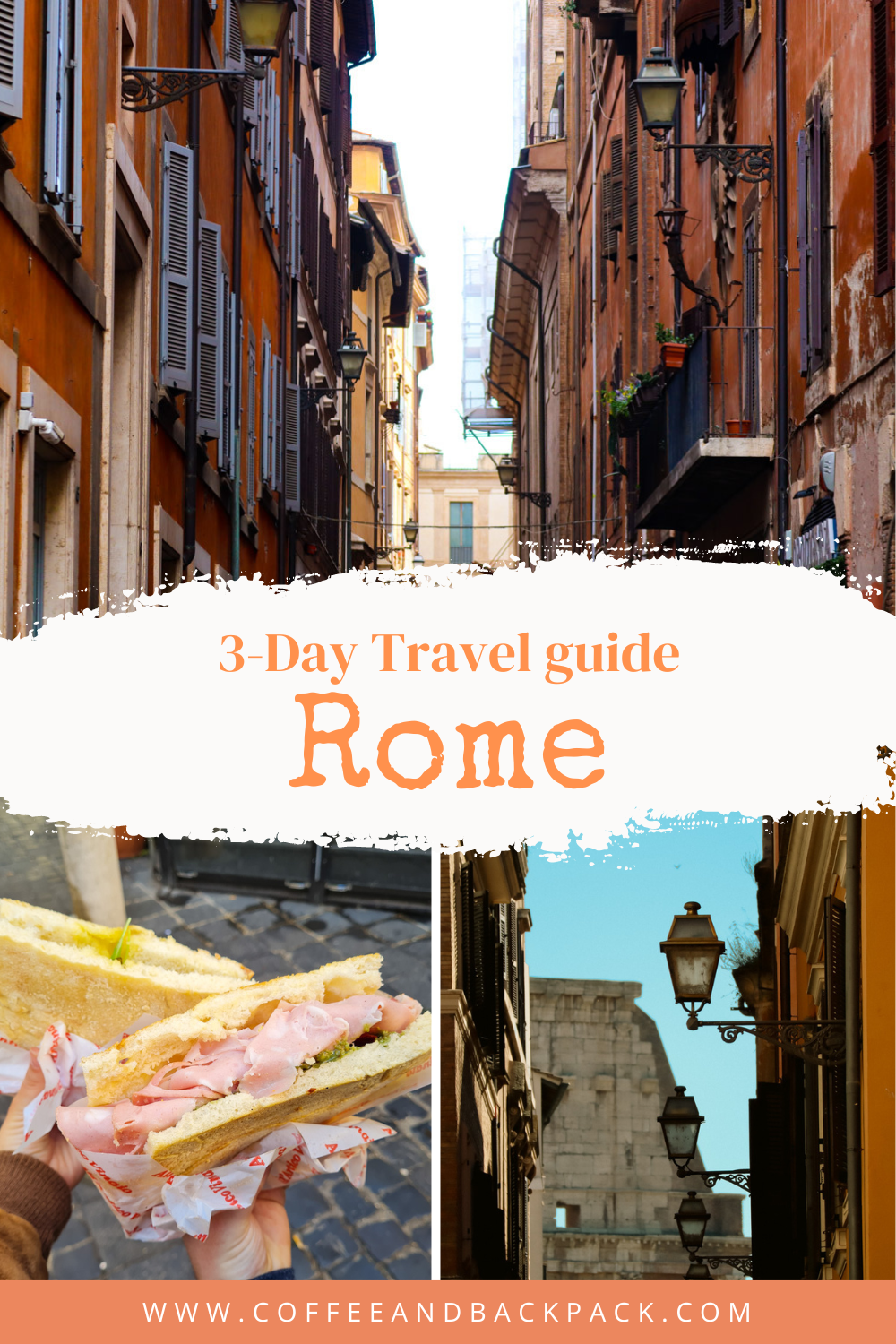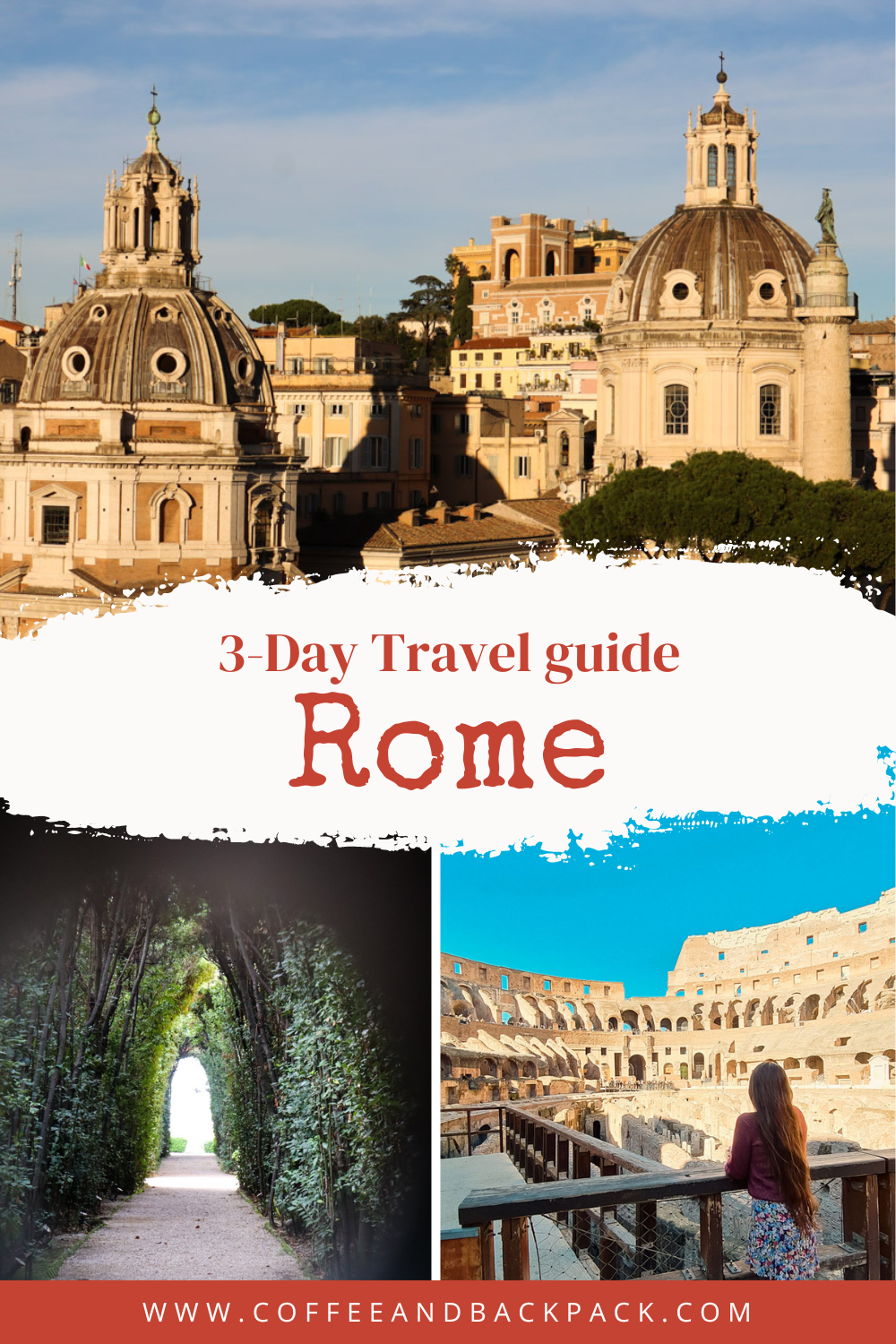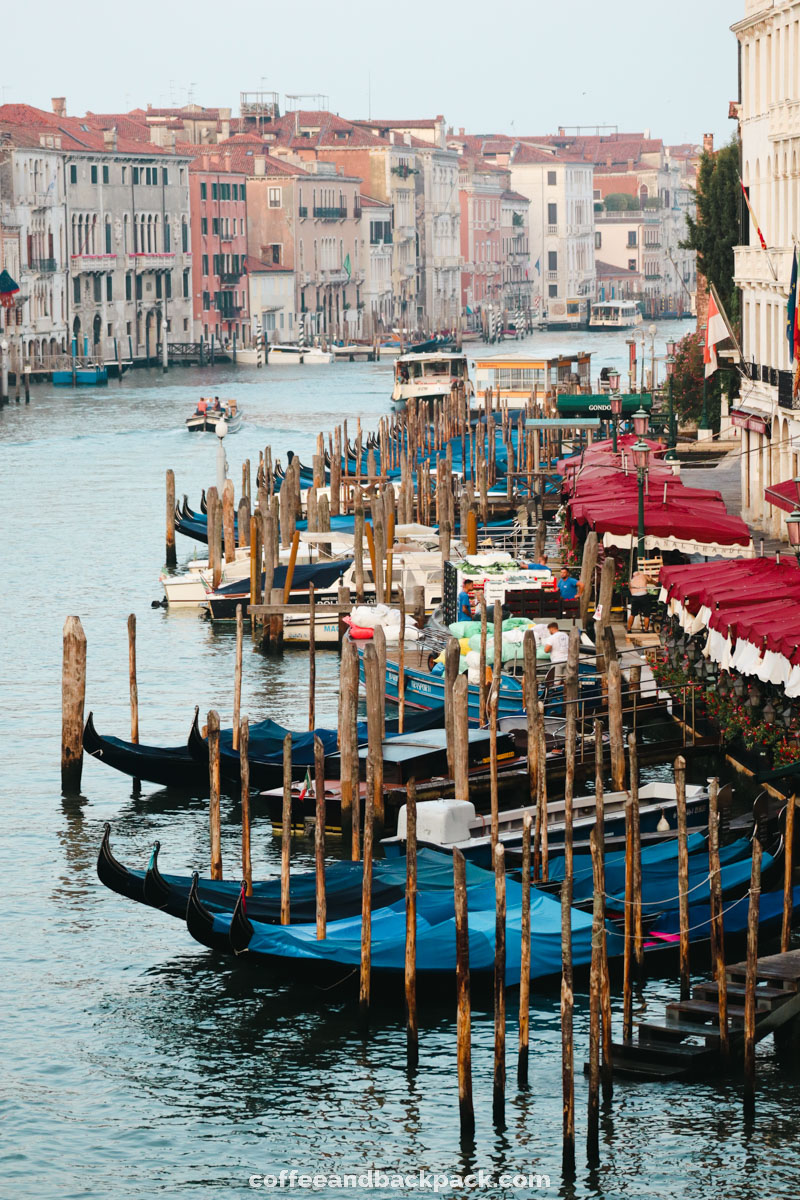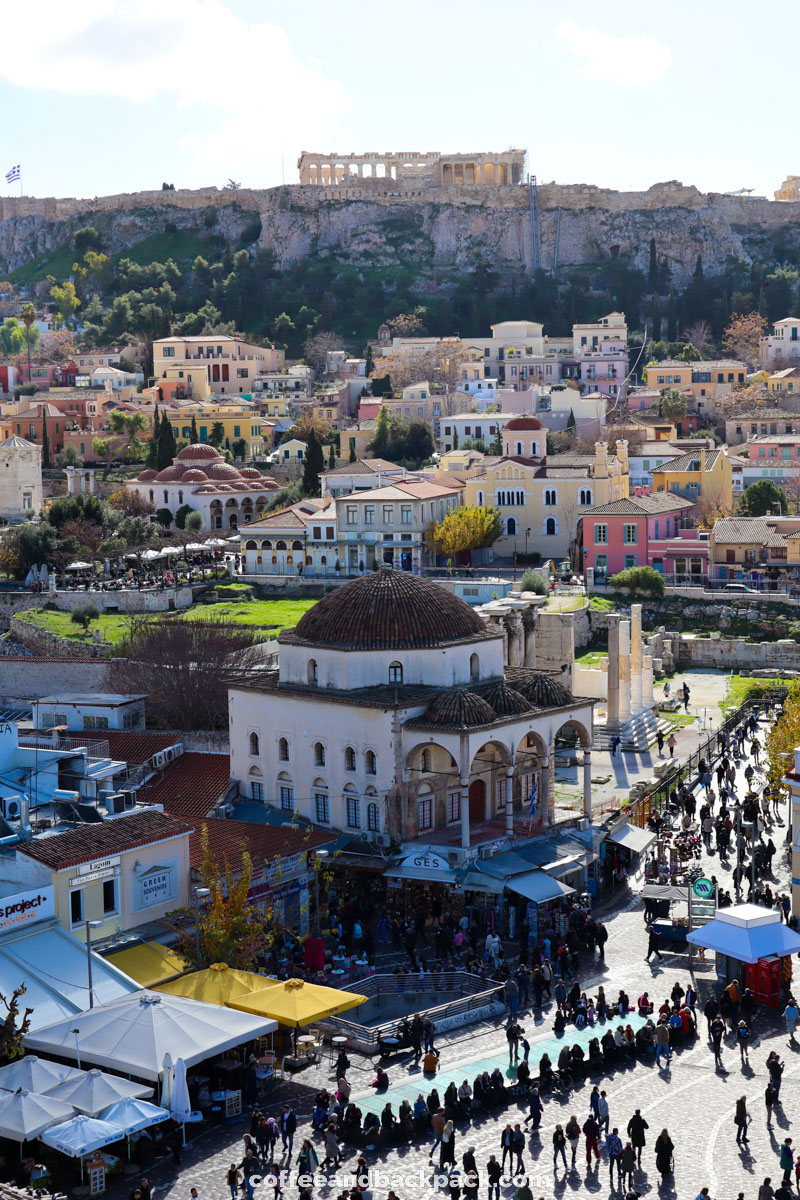Welcome to Rome, the Eternal City, where every corner unveils the remnants of ancient civilizations. This open-air museum and vibrant cosmopolitan capital is an ideal destination for a European weekend getaway, whether you're traveling with a partner, friends, family, or solo.
With archaeological treasures scattered across the city, iconic fountains, charming bohemian neighborhoods, and majestic cathedrals showcasing masterpieces by legendary artists, Rome promises an unforgettable experience. However, the abundance of art, history, and, of course, incredible food can feel overwhelming. That's why having a well-planned itinerary is essential, especially for first-time visitors, to truly make the most of your Roman adventure.
Join us on a 3-day journey through the heart of Rome, where you'll explore iconic landmarks like the Colosseum, Roman Forum, Sistine Chapel, and Vatican Museums. Along the way, you'll also wander through the charming districts of Trastevere and Rome’s Jewish Quarter, with insider tips on where to find the best local spots for lunch and coffee.
Even if you only have 2 days in Rome, the first two days of this itinerary will guide you through the city's most famous sites. However, we suggest staying an extra day to fully immerse yourself in the art, history, and mouth-watering Italian street food that make Rome so unforgettable. This itinerary is crafted from our most recent trip to Rome, enriched with insider tips from our Italian friends. We hope it helps you experience the best of the city and brings as much joy to your trip as it did to ours!
Good to know before traveling to Roma
When is the best time to travel to Rome?
With nearly 35 million visitors in 2023, Rome remains one of Europe's most sought-after destinations, meaning there’s never truly an 'off-peak' time to avoid the crowds. I had the chance to visit in both August 2019 and November 2023, and surprisingly, August felt less crowded than my recent November trip.
That said, the cooler months from October to March are generally better for avoiding the heaviest tourist influxes, particularly at hotspots like the Trevi Fountain, the Colosseum, and the Vatican. Even so, be prepared for crowds and queues year-round at these iconic sites—there’s no escaping the popularity of Rome’s treasures.
Where to stay in Rome?
Rome is such an expansive city that choosing the right area to stay in is key to minimizing commute times and maximizing your experience. Based on our experience, the Vatican area is one of the best locations to stay. Even if you’re not planning to visit the Vatican Museums or St. Peter’s Basilica, St. Peter’s Square is likely on your list of must-see spots. Plus, you'll be just a short walk from the Castel Sant'Angelo and the picturesque banks of the Tiber River. Iconic landmarks like Piazza Navona and the Trevi Fountain are also within a 20-minute walk from Castel Sant'Angelo. Additionally, the area is well connected to Rome’s public transportation, making it easy to explore the rest of the city.
For those eager to indulge in La Dolce Vita and savor authentic Italian cuisine, Trastevere is an excellent area to stay. Known for its charming streets, traditional restaurants, and lively bars, it offers a true taste of Roman life. However, be aware that Trastevere is not served by the metro, which might make getting around slightly less convenient. Additionally, its growing popularity in recent years has driven up rental prices, so accommodations here can be more expensive than in other parts of the city.
How to get around Rome?
A single metro ticket in Rome costs €1.50 per journey. If you're planning to use public transport more frequently, consider getting a 24-hour pass for €7 or a 48-hour pass for €12.50. The city's metro system efficiently connects most major attractions, with the notable exception of the charming Trastevere district, which can only be accessed by bus or on foot. For taxi rides, you can use apps like Uber, Bolt, and FreeNow, all of which are available in Italy.
Day 1 - Downtown Rome & The Vatican
Our journey begins at sunrise on the iconic Ponte Sant'Angelo, a narrow stone bridge adorned with statues that leads directly to Castel Sant'Angelo. Originally commissioned by Emperor Hadrian as a mausoleum for himself and his family, this cylindrical fortress now serves as a museum. It also has a connection to Vatican City via the Passetto di Borgo, a secret corridor visible as you walk toward the Vatican.
We highly recommend visiting at sunrise to experience the breathtaking view from the bridge, both toward the castle's grand entrance and the soft morning light reflecting over the Tiber River. This is the ideal time to capture the beauty of this historic site in photos and enjoy the tranquil atmosphere before the city awakens—completely free of crowds!
Our route continues to another must-visit spot early in the day—Piazza Navona, one of Rome’s most iconic squares and a personal favorite of ours. While the Trevi Fountain often steals the spotlight, we find the Fountain of the Four Rivers equally captivating. Designed by Bernini, it features four grand statues representing the major rivers of four continents: the Danube, the Nile, the Ganges, and the Rio de la Plata. These figures support a towering 16-meter obelisk at the square’s center, creating a stunning Baroque masterpiece.
Built over the remains of an ancient Roman stadium, Piazza Navona retains its elongated, oval shape. The surrounding streets are brimming with charming cafés and restaurants, making it the perfect place to enjoy a morning coffee. Be sure to visit the Church of Sant'Agnese in Agone, which overlooks the fountain, adding another layer of beauty to this historic square.
After these early morning explorations, it’s time to refuel with a good cup of coffee—something Italians truly excel at. Head to
Café Sant’ eustachio, famous for its expertly crafted coffee served on-site. Whether you're craving a classic cappuccino, a refreshing frappé, or something indulgent like tiramisu-flavored coffee or the rich Moretto, this café has it all!
If, like us, you're a coffee enthusiast,
Café Sant’ eustachio is also the perfect spot to pick up a souvenir. You can buy an authentic Italian moka pot or take home some of their finely roasted coffee beans to relive the Roman coffee experience long after your trip.
Tip
In Italy, the price of your coffee can significantly increase if you choose to enjoy it seated at a table, especially on the terrace. To experience coffee like a local (and save money), head to the counter, order your coffee, and drink it standing up. It’s a quick, authentic way to savor your espresso without the extra charge!
Our next stop is the iconic
Pantheon, one of the most impressive and well-preserved monuments from ancient Rome. Remarkably, it has stood the test of time for nearly two millennia. Originally a Roman temple, it was converted into a church in the 7th century, which has helped preserve it. You can visit this architectural marvel daily from 9am to 7pm. Its vast dome and oculus are truly a sight to behold, offering a glimpse into the engineering genius of the Roman Empire.
Tip
Unfortunately, as of 2023, visits to the Pantheon are no longer free. A €5 entry fee is now required to explore its majestic dome and walk its marbled floors. We recommend visiting in the morning, shortly after it opens, to avoid the crowds from organized tours that arrive later in the day. You can purchase your ticket directly at the Pantheon from the ticket office located to the left of the entrance. If you'd like to enhance your visit, you can also book an audio guide and tour in advance through
this website.
Our next stop is Piazza di Pietra, a delightful square just a short stroll from the Pantheon. We particularly love this spot for its ancient columns, remnants of a temple dedicated to Emperor Hadrian, which stand proudly against vibrant façades adorned with bougainvillea. This striking contrast beautifully exemplifies Rome’s unique ability to blend different eras in a single space. Settle in at one of the terraces in Piazza di Pietra, sip on a Spritz, order an aperitivo and soak in the rich history that envelops you.
Our next destination is the iconic Trevi Fountain, Rome's largest and most famous fountain. Nestled against the backdrop of Palazzo Poli, the fountain occupies more than half of Piazza di Trevi, where three streets converge—hence the name. Built in the 18th century on the site of a smaller fountain and the entrance to an ancient aqueduct, the Trevi Fountain is a stunning architectural masterpiece. It features four grand columns, echoing the style of the Fountain of the Four Rivers, creating a beautiful dialogue between these two remarkable landmarks.
Visitors flock to the Trevi Fountain at all hours, eager to toss a coin in with their right hand. According to superstition, doing so ensures a return to the "Eternal City" to reclaim their coin. In reality, these coins are collected daily by a specialized machine and sorted into bags, which are then donated to charities under police supervision. Remarkably, nearly €2,000 and 500 kg of coins are gathered each day, totaling around €1 million a year.
We intentionally placed the Trevi Fountain later in this itinerary because the idea of arriving early to have it all to yourself is a bit of a myth. Instead, embrace the fact that you’ll be among fellow tourists. Be patient as you navigate to the fountain's edge for that perfect photo opportunity. We recommend visiting both during the day and again at night to experience the stunning illumination that adds a magical touch to the scene.
For lunch, we highly recommend indulging in Italian street food. There’s nothing quite like enjoying a delicious sandwich while soaking in the sights and sounds of the city. Be sure to try the famous schiacciata sandwiches from
All’Antico Vinaio—if you haven’t experienced them yet, it’s a must during your stay in Rome!
Head over to Piazza della Maddalena, just an 8-minute stroll from the Trevi Fountain. This popular sandwich shop, open daily from 10:30 AM to 10 PM, specializes in fresh focaccia sandwiches made right on the spot. With a variety of tempting toppings, you can expect to pay between €7 and €10 for a sandwich. Given its reputation, you might encounter a bit of a wait, but the service is impressively efficient, so you won't be waiting long. You can check out the menu at All’Antico Vinaio
here!
Next, we’ll visit Piazza di Spagna, a bustling shopping hub where you can admire the stunning Trinità dei Monti staircase (also called Spanish stairs), which connects the square to the church of the same name, as well as the Barcaccia fountain. The square derives its name from the nearby Spanish embassy.
While the staircase is a popular photo spot for tourists, don’t overlook the gorgeous Barcaccia fountain, which elegantly depicts a shipwrecked vessel and is a beautiful example of Baroque architecture.
Follow Via del Babuino to reach Piazza del popolo. This monumental square, adorned with an obelisk, is the people's square, so it came as no surprise that we came across a large-scale political demonstration during our visit. To the north of the square is the Porta del Popolo, part of Hadrian's Wall that once surrounded the city of Rome.
Be sure to check out the twin churches of Santa Maria dei Miracoli and Santa Maria in Montesanto, as well as the six charming fountains scattered throughout Piazza del Popolo.
Our next stop is the Vatican Museums that we recommend visiting around 3 PM for a more enjoyable experience. In our opinion, afternoons are preferable; the morning crowds make the museum and St. Peter's Basilica quite packed, with long queues starting as early as their 8:30 AM opening. By later in the day, you’ll find the lines significantly shorter and a more relaxed atmosphere.
Be sure to book your tickets in advance on the
Vatican website. We highly recommend visiting both the Vatican Museums and the Sistine Chapel, as the tickets for these two attractions are sold together. Expect to spend around two hours exploring, as the museum circuit takes you through the galleries, papal apartments, and various halls.
The Vatican's art collection is so extensive that you really feel like you've overdosed on it. At the end of the visit, you could almost become indifferent to the works of art that cover the walls and ceilings of the museum. Our favourite gallery is the map gallery, where each map represents a spiritual unit of Italy as it was known in the 17th century.
The visit to the Sistine Chapel is at the very end of the museum tour. It takes place in silence and photographs are forbidden. It's a privileged moment between you and Michelangelo's legendary work.
Admission to the Vatican Museums and the Sistine Chapel costs €20 in 2024, with an additional €5 pre-booking fee to skip the lines upon arrival.
Tip
Please note that the entrance to the Vatican Museum is not in St Peter's Square, but just a few minutes' walk away on Viale Vaticano.
Day 2 - Colosseum & Foro Romano
For your second day in Rome, we suggest dedicating your time to exploring the Colosseum and the Roman Forum, followed by a sunset view from the Altare della Patria and dinner in the charming Monti district.
The Colosseum is an essential stop on any Roman itinerary! It's a site you'll want to experience on your first visit and will likely return to on future trips—just think of all those coins you've tossed into the Trevi Fountain! ;)
This colossal amphitheatre, enthroned in the heart of the city, was built in the 1st century AD during the reign of the Flavian emperors. It remains the largest amphitheatre ever built. It had a capacity of 50,000 people and was used by the Roman population for gladiator fights, mock naval battles, animal hunts and other entertainments.
When you arrive by metro, the excitement begins the moment you step out of the Colosseo station!
Tip
For a stunning elevated view of the Colosseum, head to the left as you exit the metro and climb the stairs to the Parco del Colle Oppio.
However, if you don't want to visit the inside of the Colosseum, it is possible to walk around it and admire the colossal architecture up close for free. However, we recommend that you take the tour to see the stands and the arena (at least what's left of it) at least once. Inside, you'll find a permanent exhibition detailing the building's construction, architecture, and its historical uses over the centuries.
You can stroll around the stands and access a platform overlooking the arena for a small additional fee. Since 2023, the underside of the arena is also open to visitors. This area includes a network of complex passageways that once served as the backstage for performances in this legendary arena during the gladiatorial games. However, keep in mind that access to these areas is only permitted with a guided tour, which comes at an extra cost.
Inside the Colosseum, spectators were arranged according to their social status, with the upper classes seated closest to the arena. This amphitheater was a vital hub for the social and cultural life of ancient Rome, epitomizing the grandeur of the Roman Empire. With its rich history and cultural significance, the Colosseum has become an iconic symbol of Rome and is now one of the most visited tourist attractions in the world.
Given its status as a major tourist attraction, we highly recommend booking your ticket in advance on the
Colosseum website to avoid long queues. Tickets grant access not only to the Colosseum but also to the Roman Forum and Palatine Hill, both just a short walk away. To enhance your experience, consider adding an audio guide for deeper insights into the Colosseum's history.
As for the extra cost of accessing the platform overlooking the arena, we found it wasn't particularly necessary; the view from the exit offers nearly the same perspective. In fact, we realized that our final glimpse of the arena as we left was virtually identical to what we would have seen from the platform.
The Roman Forum, located just across from the Colosseum, offers a captivating glimpse into ancient Rome's vibrant history. Depending on the crowd, you may need to wait briefly at the entrance, even if you have your tickets ready.
Once the heart of Roman public life, the Forum was a hub for religious, social, economic, and political activities. Today, you can explore the ruins of ancient temples while enjoying stunning views of the Colosseum.
We recommend starting your visit on Mount Palatine, accessible via a scenic path and steps that lead to beautiful gardens. From here, you'll get a panoramic view of the ruins, providing the perfect introduction to the rich history of this iconic Roman site.
Near the Colosseum lies the impressive Altare Della Patria, also known as the Vittoriano or the monument to Victor Emmanuel II. This grand white marble altar is open daily from 9:30 AM to 7:30 PM. If you’re visiting Rome in the winter, don’t miss the opportunity to watch the sunset here.
The site features a museum and the tomb of the Unknown Soldier, where an eternal flame is vigilantly watched over by two soldiers. For a breathtaking view of the Colosseum and the city, head to the rooftop bar, accessible via a lift for a ticket price of €12. However, you can also enjoy a beautiful panorama of Rome for free from the upper steps of the monument.
Interestingly, the monument is not particularly favored by locals, who affectionately refer to it as “the typewriter” due to its distinctive appearance. Its construction also involved the unfortunate demolition of a medieval neighborhood, adding to the mixed feelings about this iconic site.
Behind the Colosseum lies the charming Monti neighborhood, known for its colorful facades draped in climbing plants—an ideal spot to spend your evening. This area is filled with delightful trattorias, cozy cafés, vintage shops, and gelaterias, all while maintaining a primarily residential vibe that offers a glimpse into local life.
Join the locals by grabbing a slice of pizza to go at La Boccaccia on Via Leonina for just €3.50. Then, treat yourself to gelato at Don Nino or a refreshing Spritz at La Bottega del Caffè, and enjoy it on the steps of the Fountain in Piazza Della Madonna dei Monti.
To wrap up your day, make your way back to the Colosseum for a stunning nighttime view of this iconic monument.
Day 3 - Trastevere & Rome’s Jewish quarter
This last day in Rome begins in the bohemian district of Trastevere, which has become emblematic for its unique character, street art and nightlife.
It's a great place to take an early morning stroll, away from the crowds and along the orange and flowery facades lit up by the first light of the day.
Start your exploration of the Trastevere district in the Piazza di Santa Maria, home to the church and fountain of the same name.
Stop off at the Bar Antico for a coffee and a Cornetto (croissant) as you watch the passers-by, then stroll along the district's colourful alleyways. Don't forget to say hello to the local cats.
As you wander the cobbled streets, you'll stumble upon charming artisanal boutiques, cozy cafés, and family-run trattorias where locals and tourists often queue for over an hour just to snag a table.
Tip
Loving your daytime exploration of Trastevere? Return in the evening to experience its vibrant nightlife! Treat yourself to a dinner featuring Cacio e Pepe, the ultimate Roman dish made with bucatini pasta, Parmesan, and pepper, at
Nannarella.
Tip
Craving a tiramisu? Head to Tiramisu Trastevere on Via di S. Francesco a Ripa for a delightful takeaway treat. They offer a variety of flavors to satisfy every palate, from fruity to chocolatey.
Leave Trastevere to reach Isola Tiberina via the Garibaldi Bridge. This small river island, linked by two bridges, offers a peaceful escape from the hustle and bustle of the city. It is home to the Baroque church of San Bartolomeo all'Isola.
From Isola Tiberina, it's just a 5-minute walk to Rome's Jewish Quarter.
Often overlooked by tourists despite being just a few metres from the Altare Della Patria, Rome's Jewish Quarter is packed with ancient remains that are just as interesting and impressive as those to be found in the Roman Forum—all without the entrance fee!
The Jewish Ghetto derives its name from the period when the Roman Jewish community was confined to this area in the 16th century, making it a significant landmark of Jewish culture in Rome. Here, you’ll discover synagogues, artisan shops, and culinary treats, including the famous Ricotta Crostata from Pasticceria Boccione.
As with many Jewish quarters across Europe, some paving stones have been replaced by bronze plaques honoring those deported during the Second World War. The Piazza delle Cinque Scole serves as the vibrant heart of this district.
Additionally, the area features the remains of the Portico d'Ottavia and the Teatro di Marcello, adding layers of historical intrigue to your visit.
The Portico d'Ottavia, constructed in the 1st century BC, was once a grand architectural complex featuring porticoes and temples. It honors Octavia, the sister of Emperor Augustus, celebrating her generosity towards the Roman people.
Adjacent to it is the Theatre of Marcellus, an amphitheater built during Augustus's reign and dedicated to his nephew Marcellus. While it has undergone partial restoration over the years, the theater still exudes ancient charm. Its majestic arches evoke the grandeur of the Colosseum, albeit with modern architectural styles integrated into its structure.
Make your way to the banks of the Tiber to see the Bocca della Verità, or Mouth of Truth, one of Rome's most intriguing attractions, nestled in the church of Santa Maria in Cosmedin. This marble sculpture, portraying Oceanus, the god of rivers, features a slightly open mouth and often draws crowds, so don’t be surprised to see a line of eager tourists waiting for their turn.
According to legend, if someone places their hand in the sculpture's mouth and tells a lie, the Mouth of Truth will snap shut, trapping the liar’s hand. You can see the Bocca della Verità from outside the church without having to wait in line.
Our next stop is just an 8-minute walk away at the Giardino degli Aranci, an elevated park that offers breathtaking views of Rome. Don’t miss the belvedere Aventino and its picturesque terrace.
Just a short stroll from the park lies one of Rome's hidden gems: the Keyhole of the Knights of Malta. Head to Piazza dei Cavalieri di Malta to find the entrance to the Knights' estate. Peering through this intriguing keyhole, you’ll be rewarded with a stunning view of St. Peter's Basilica framed by the lush greenery of the garden belonging to the Sovereign Order of Malta.
This enchanting sight is one of those delightful surprises that makes exploring Rome so rewarding!
This itinerary ends at this breathtaking viewpoint. If you have some extra time, we highly recommend wrapping up your day with a nice dinner in the charming Trastevere district at
Nannarella. Here, you can savour a delectable plate of Cacio e Pepe for just €10, making it the perfect way to end your Roman adventure!
Like this article? Save it on Pinterest!
